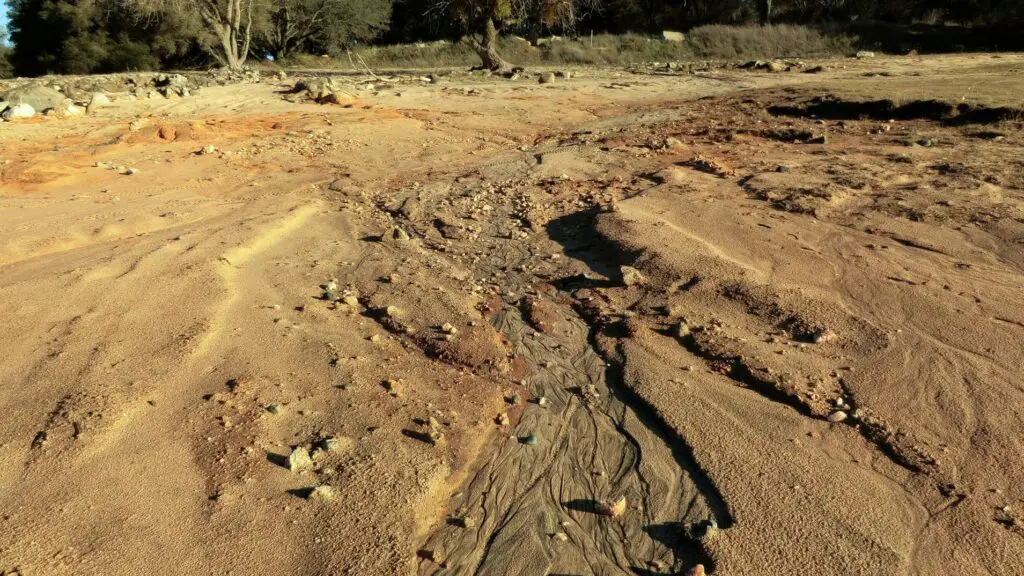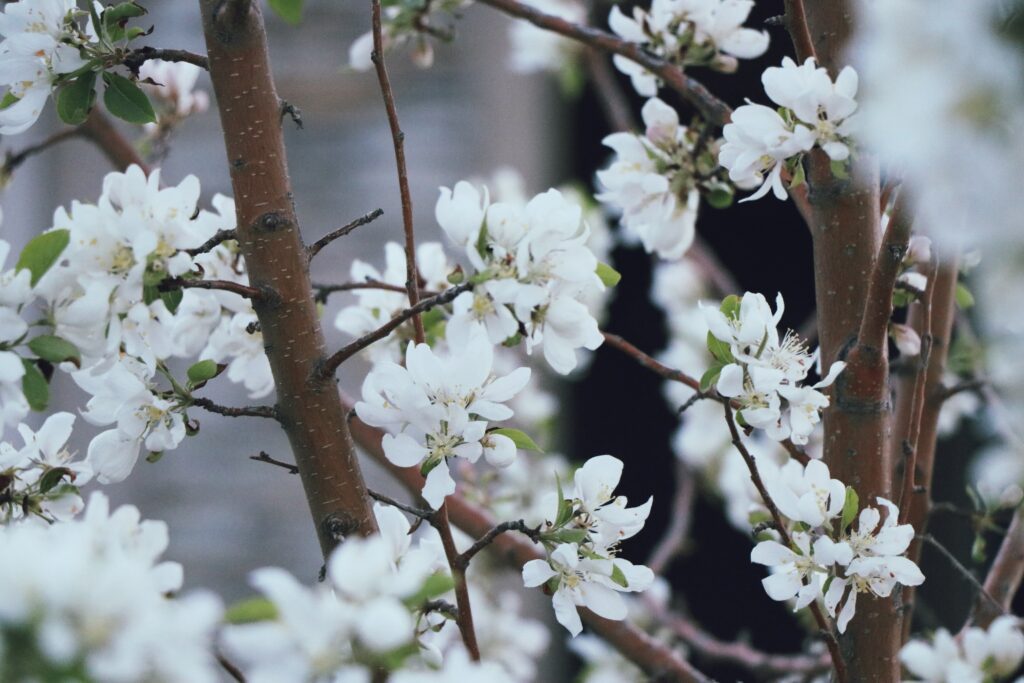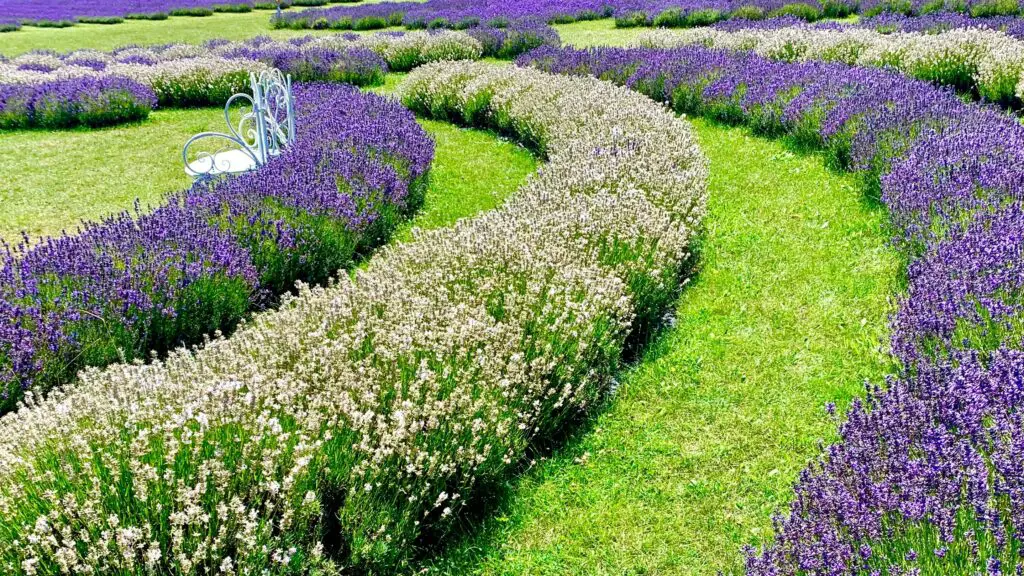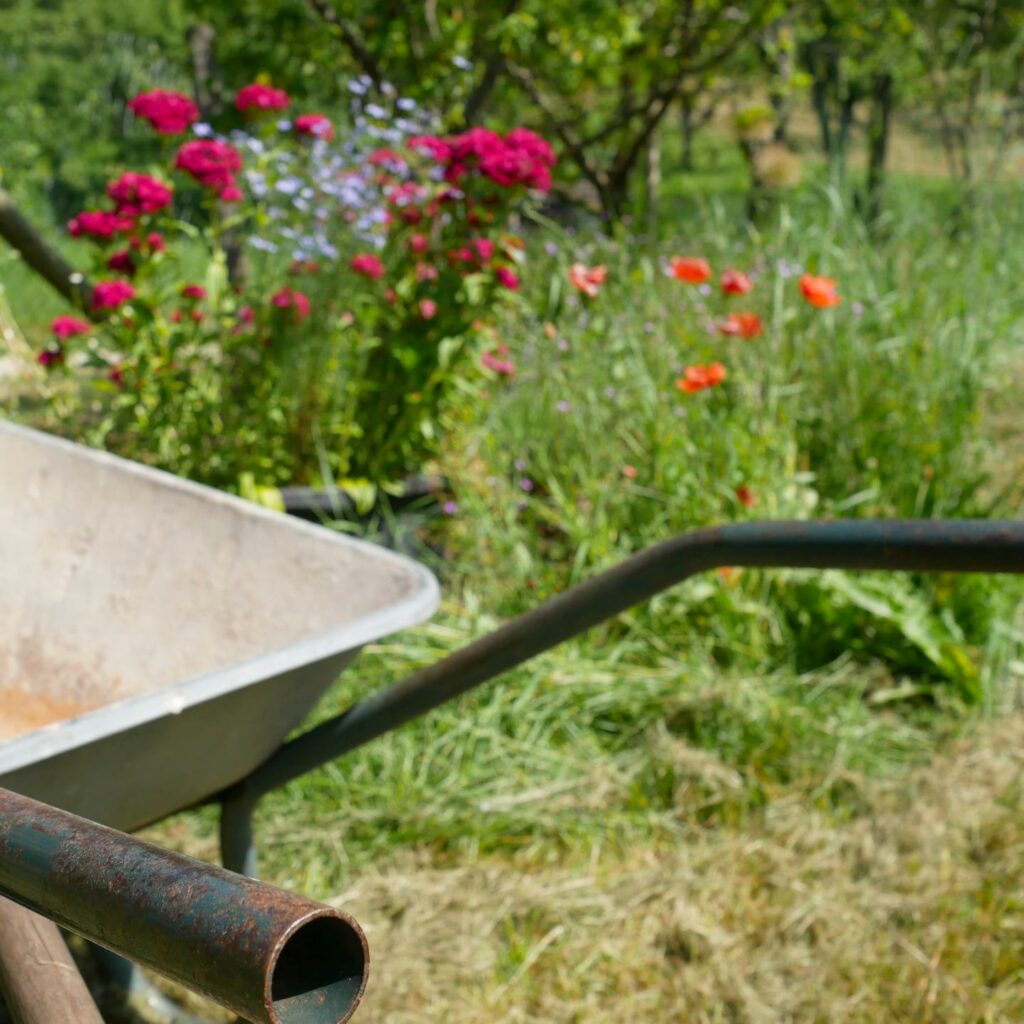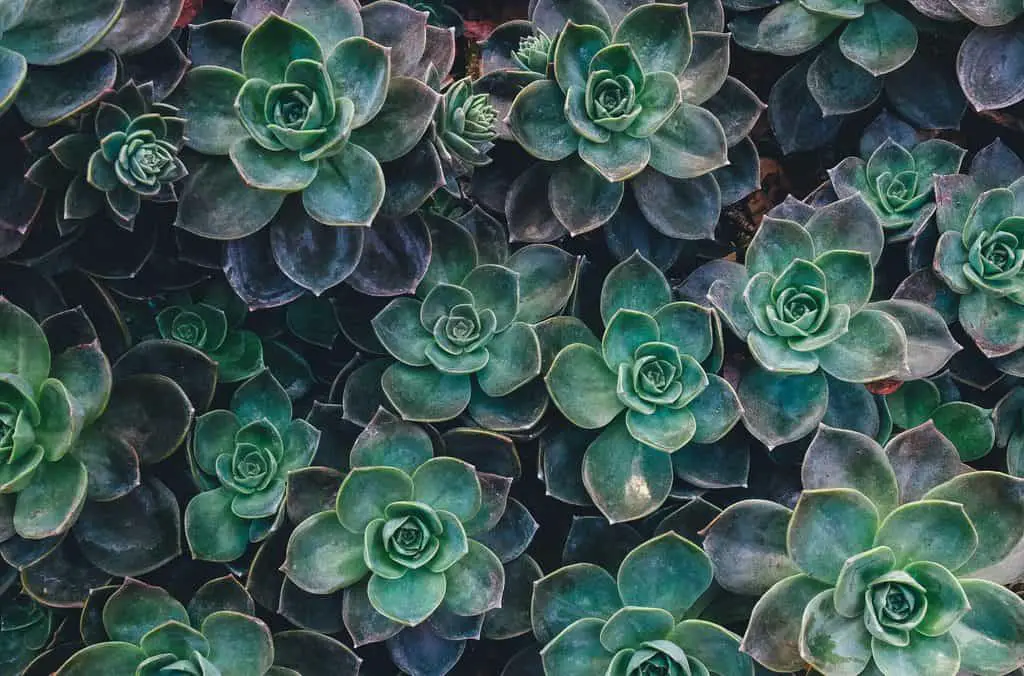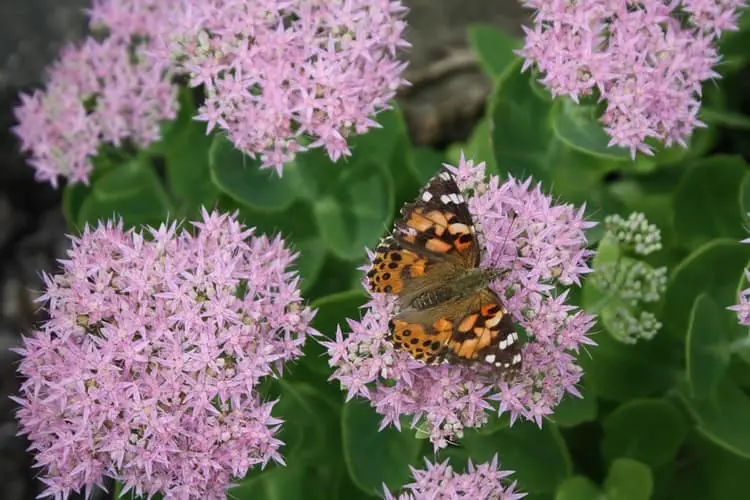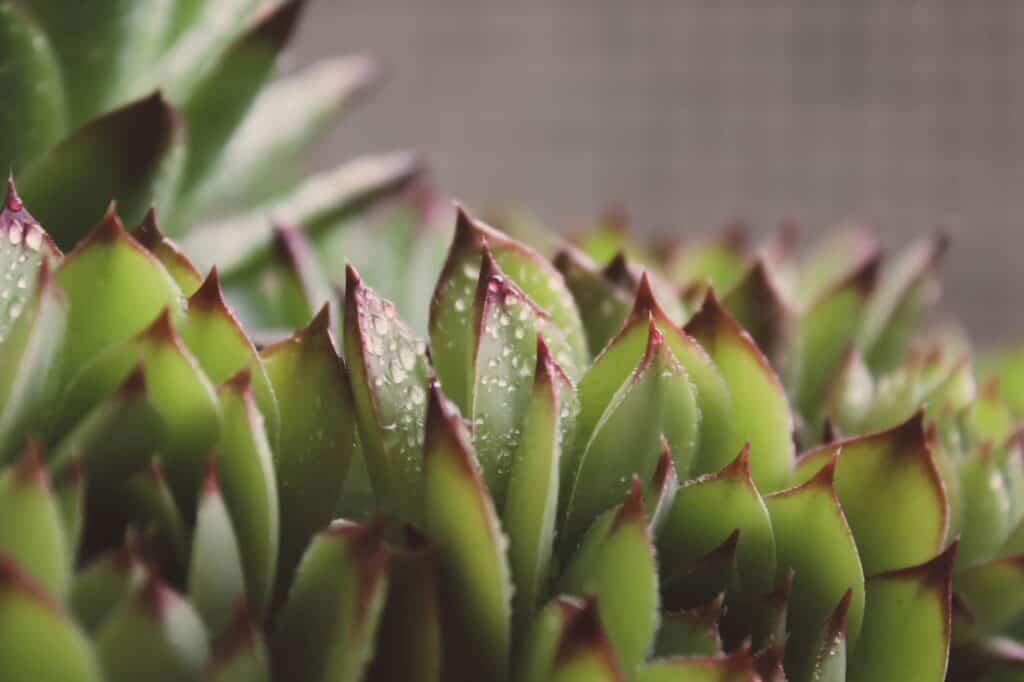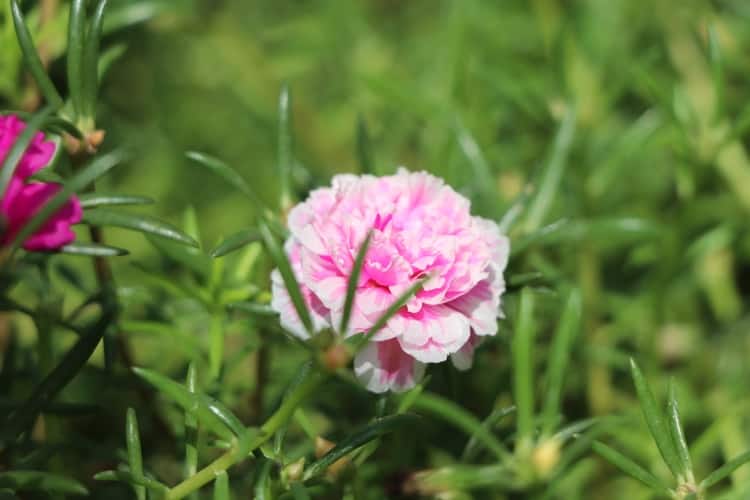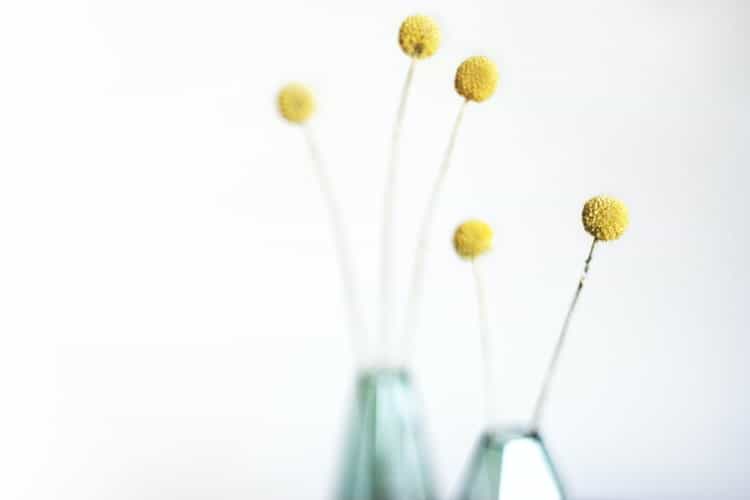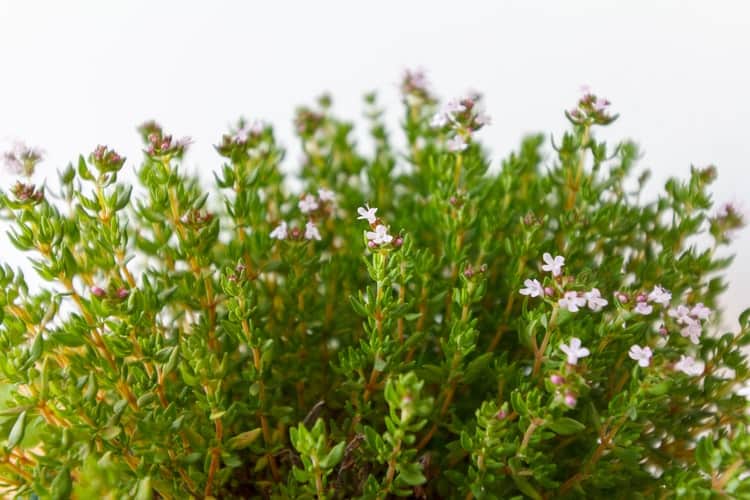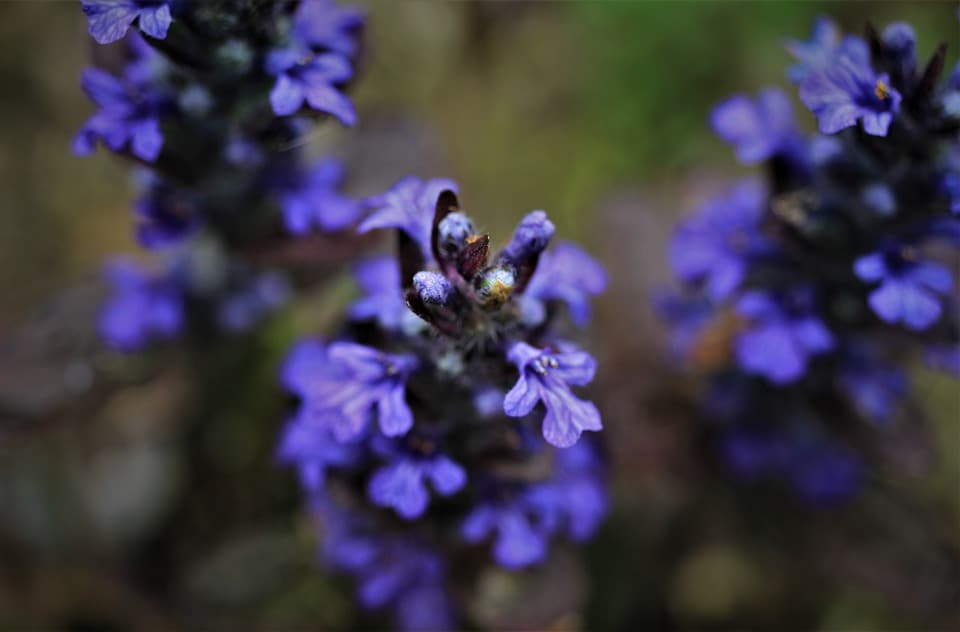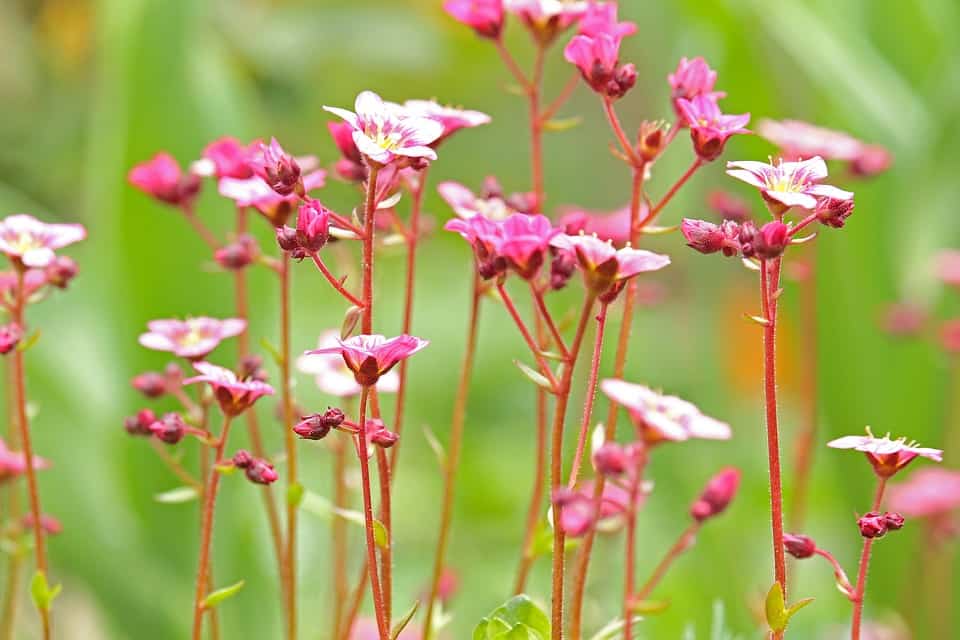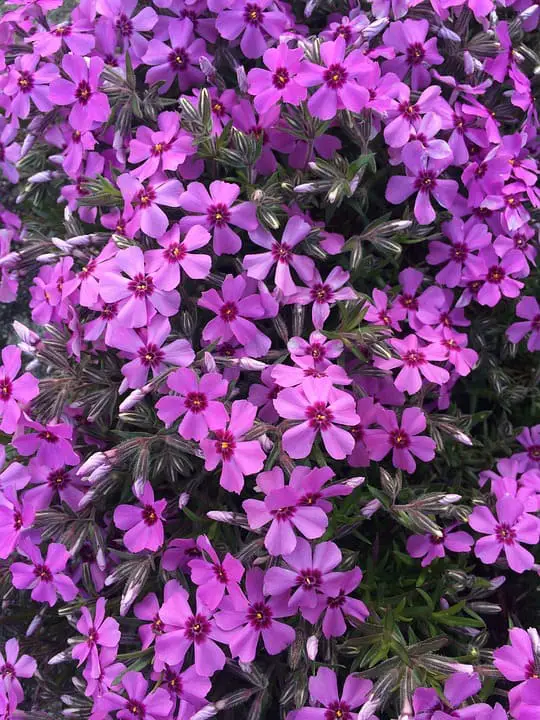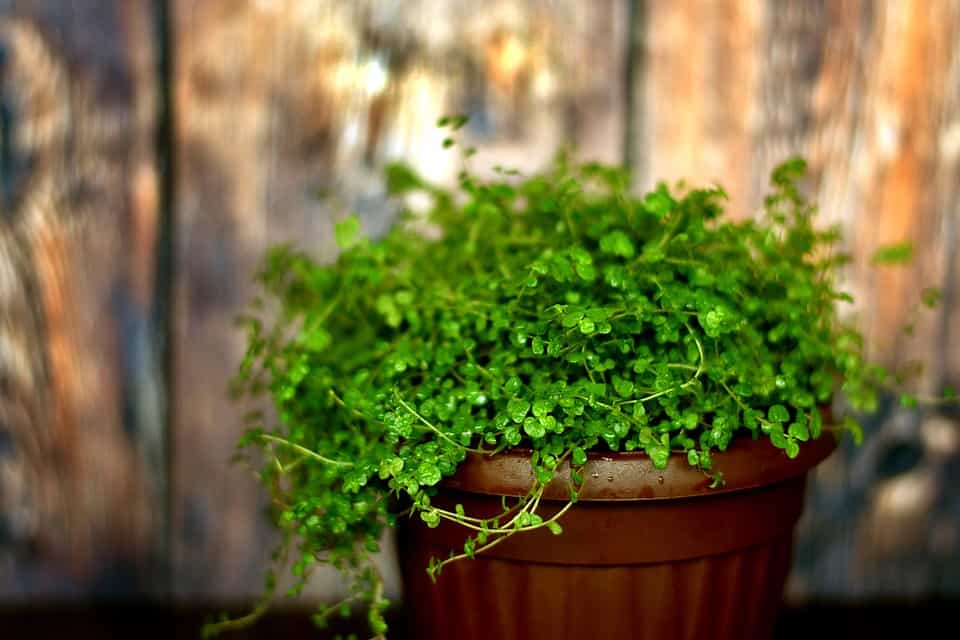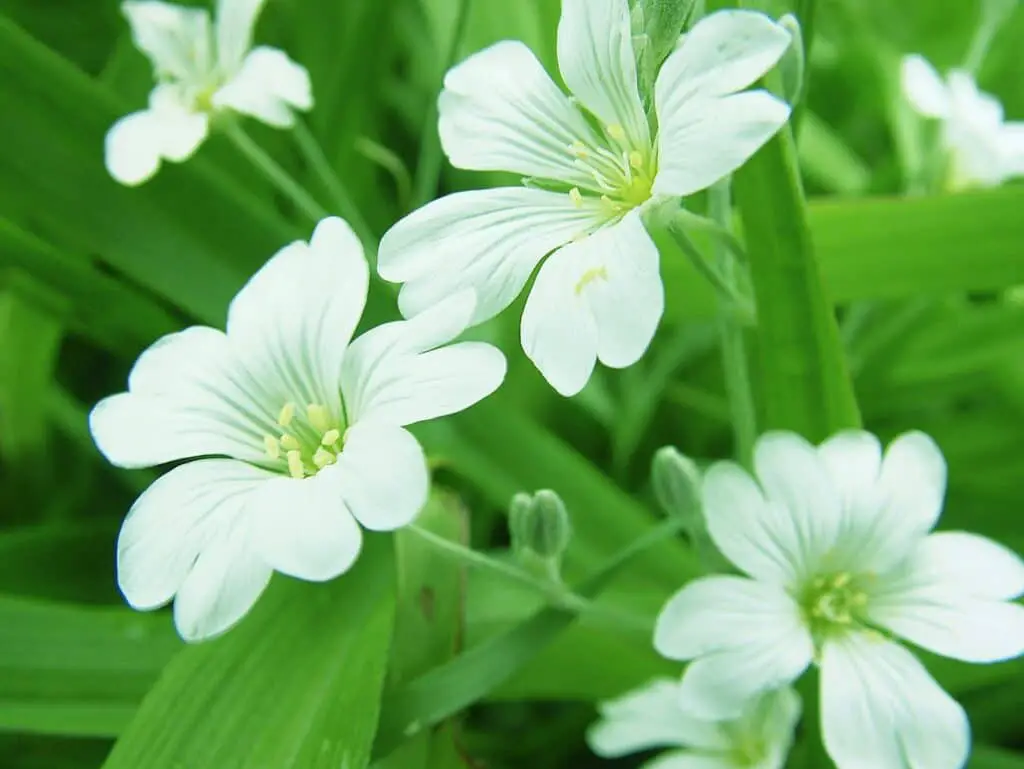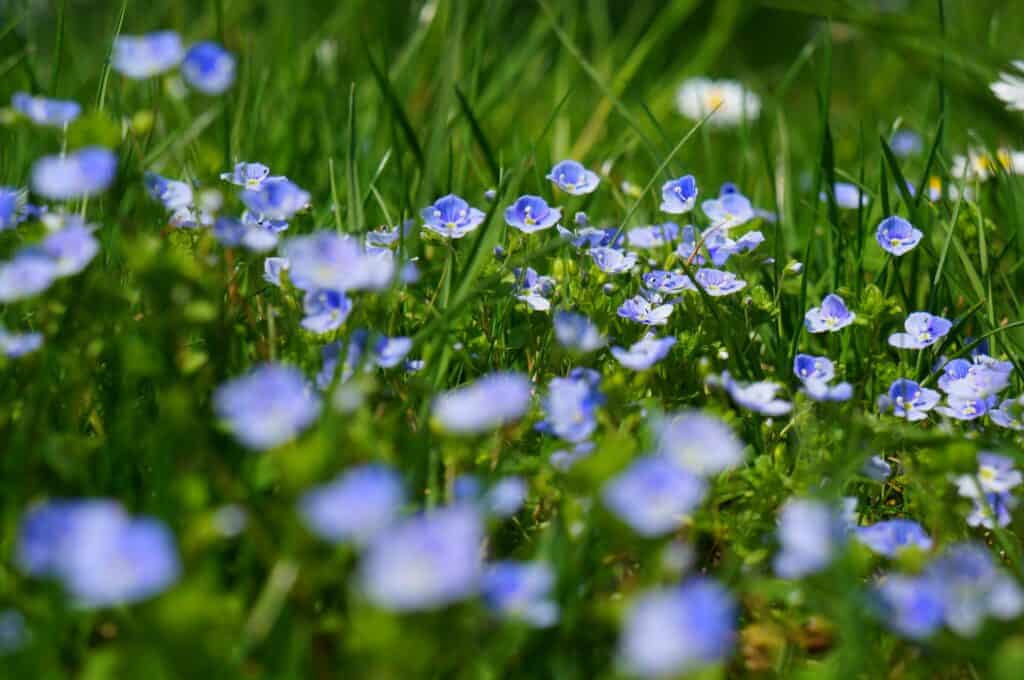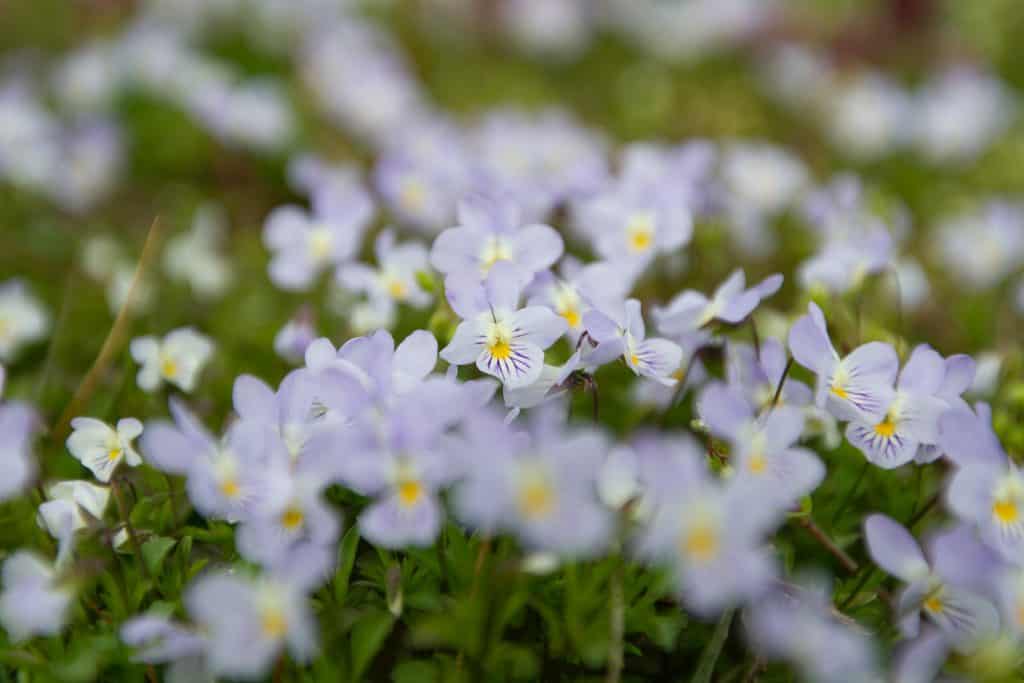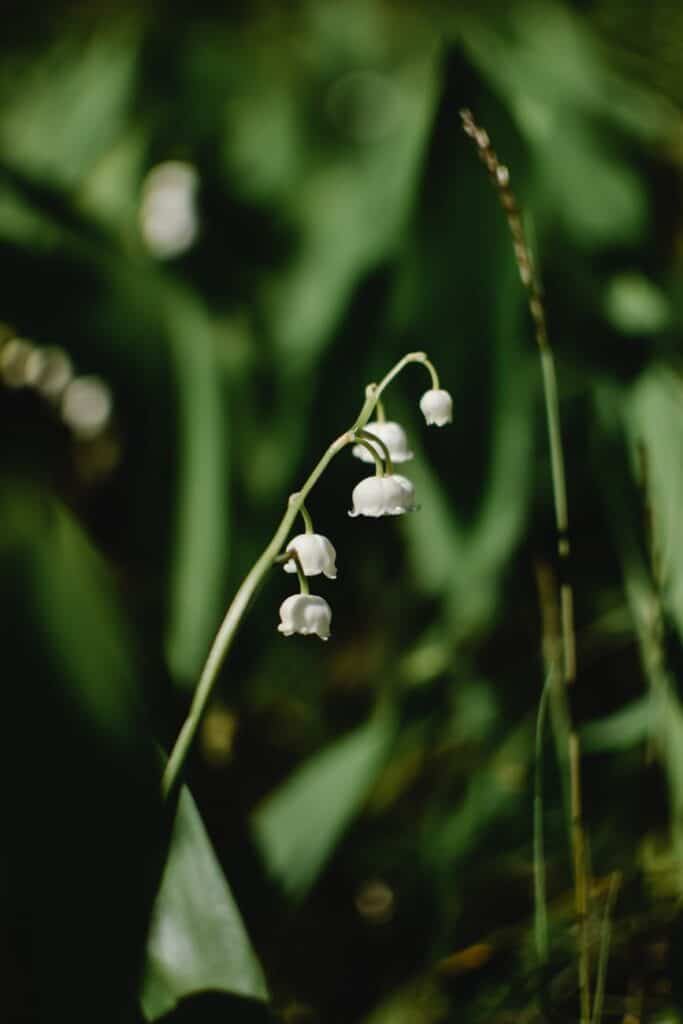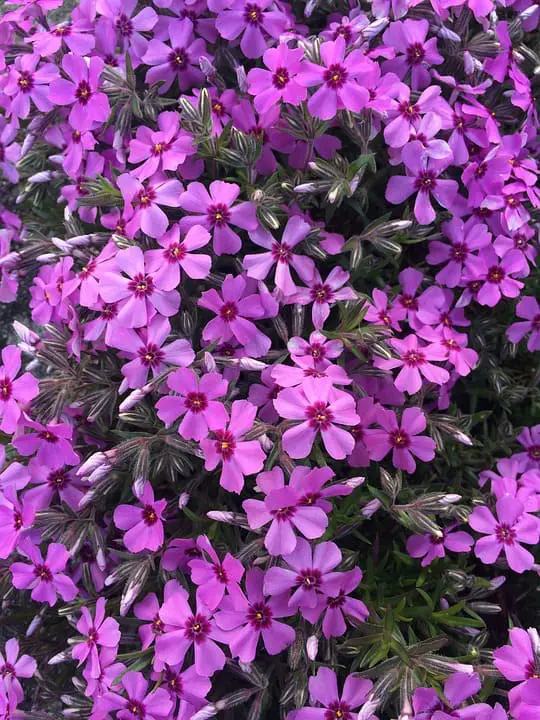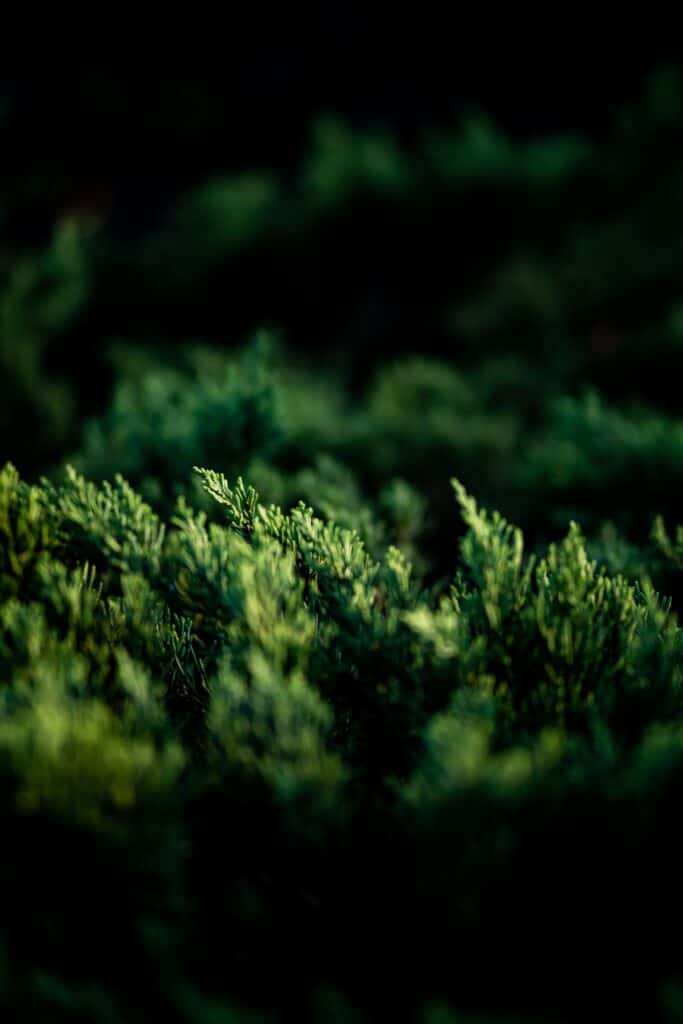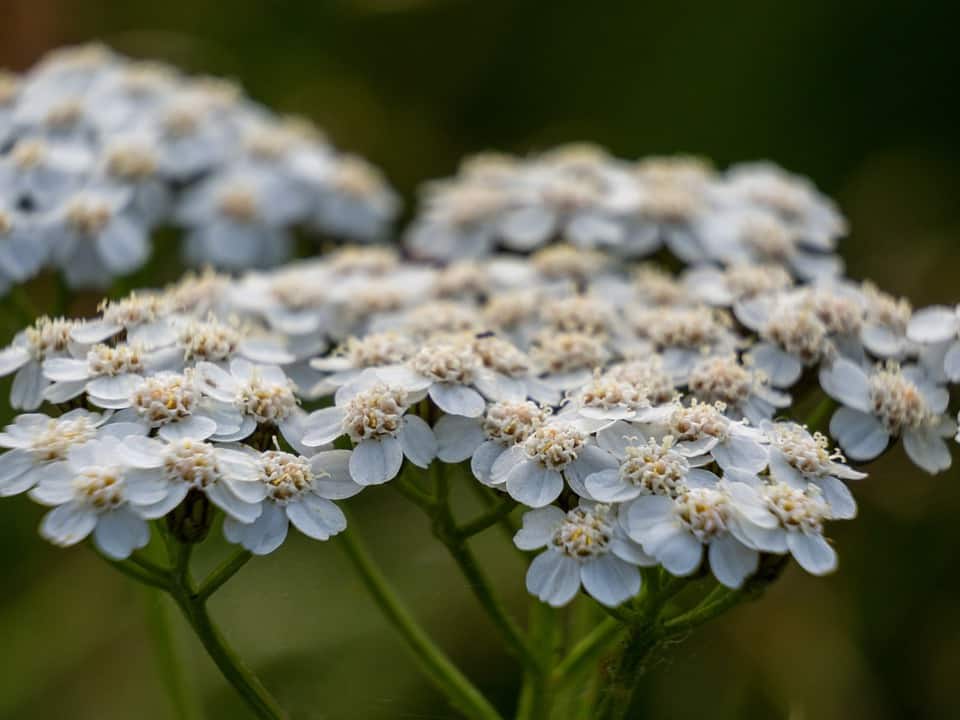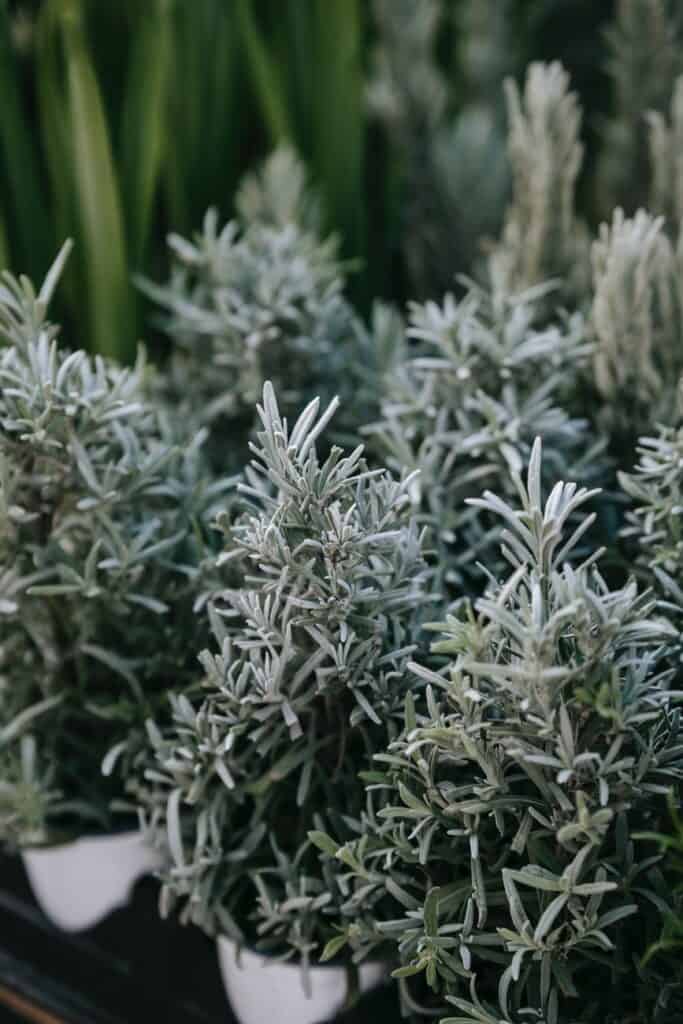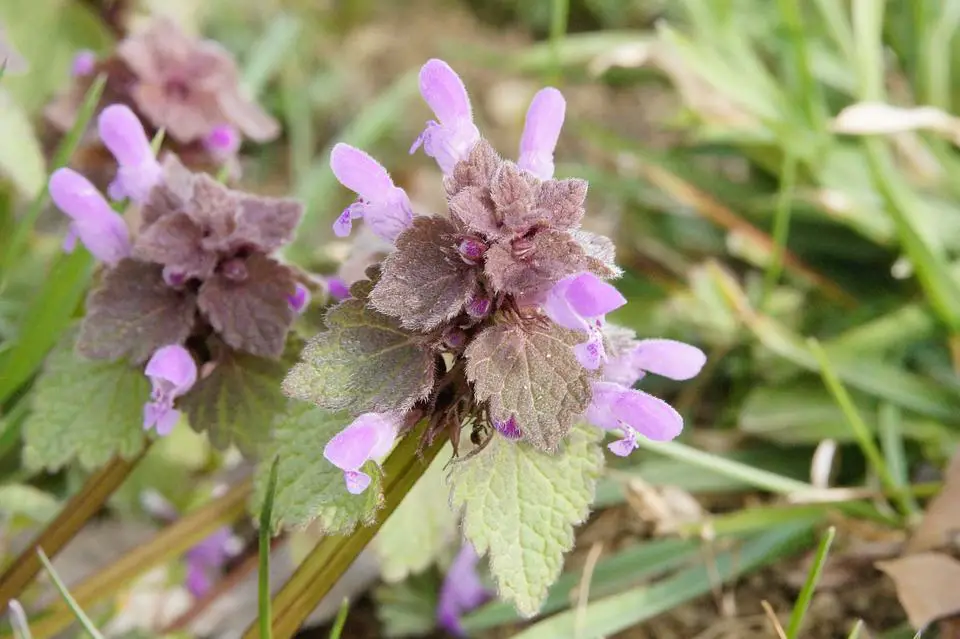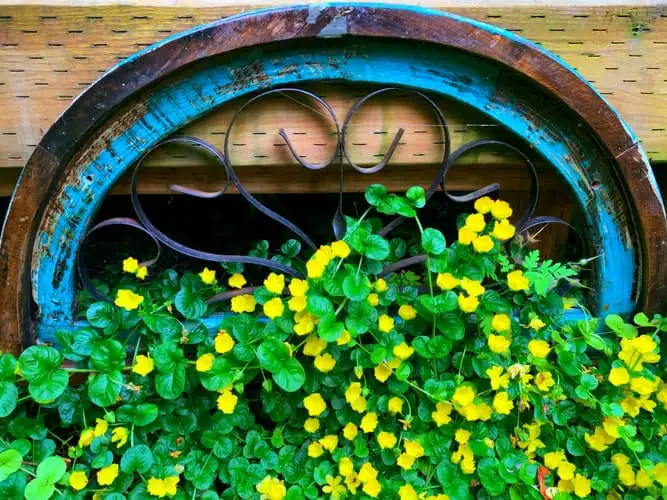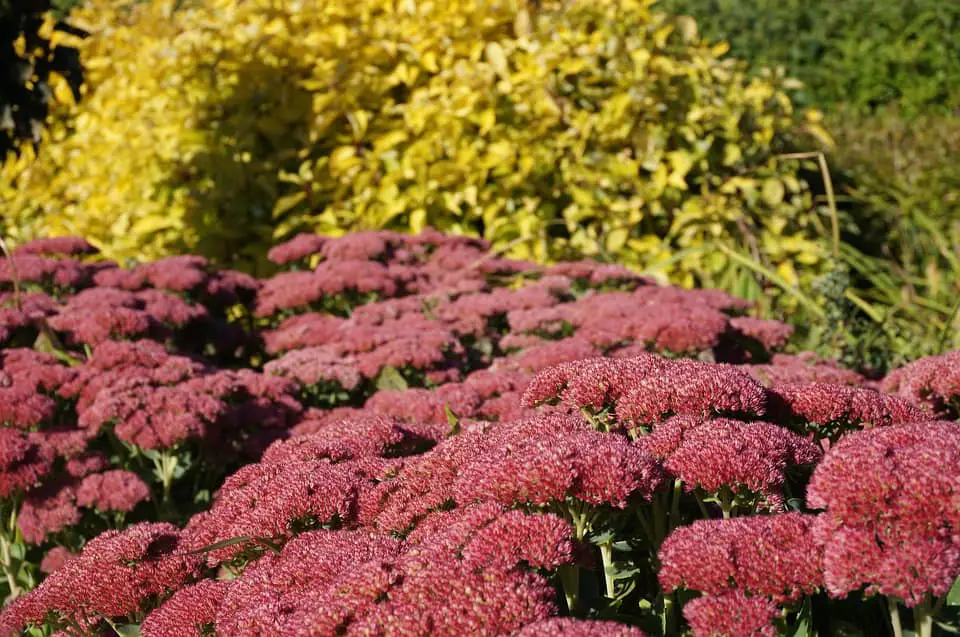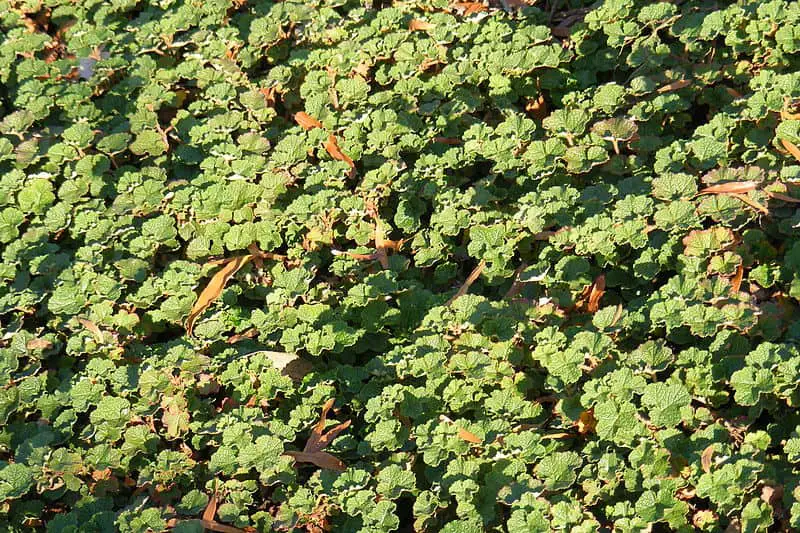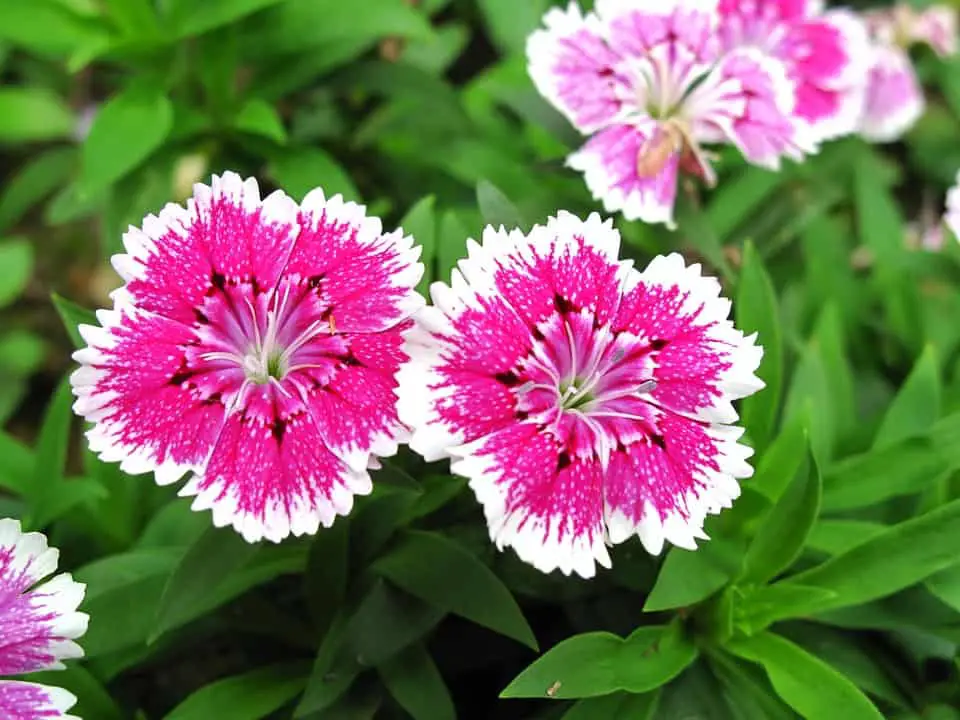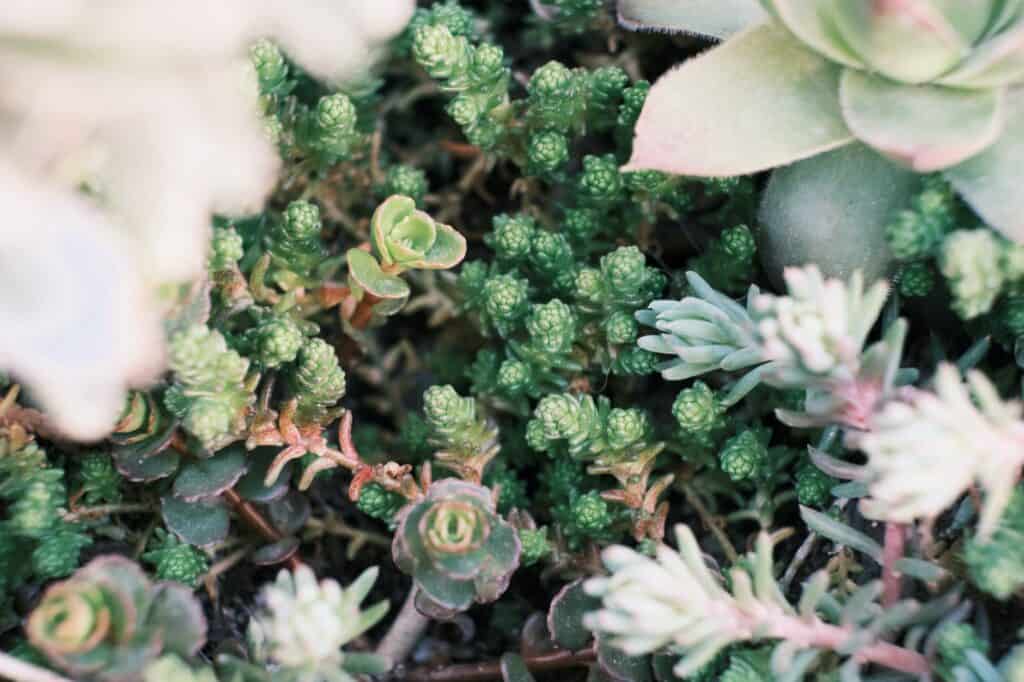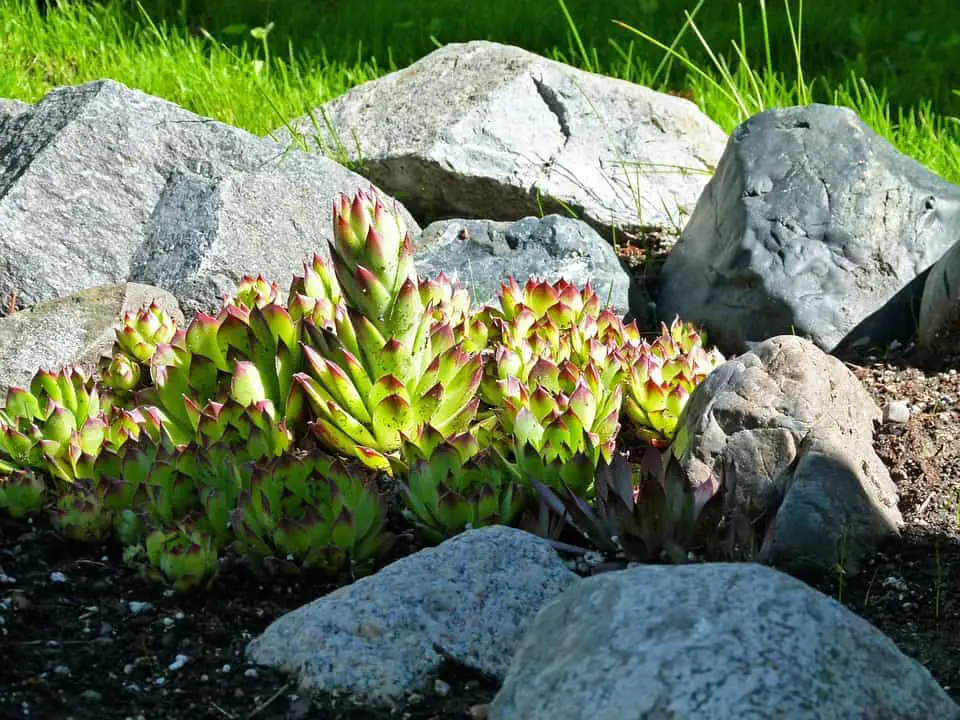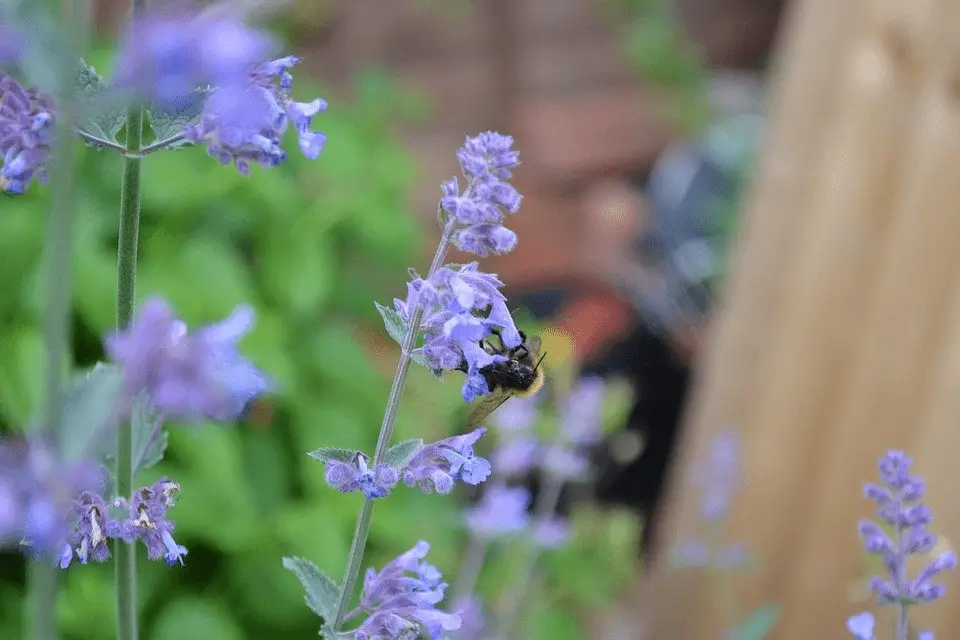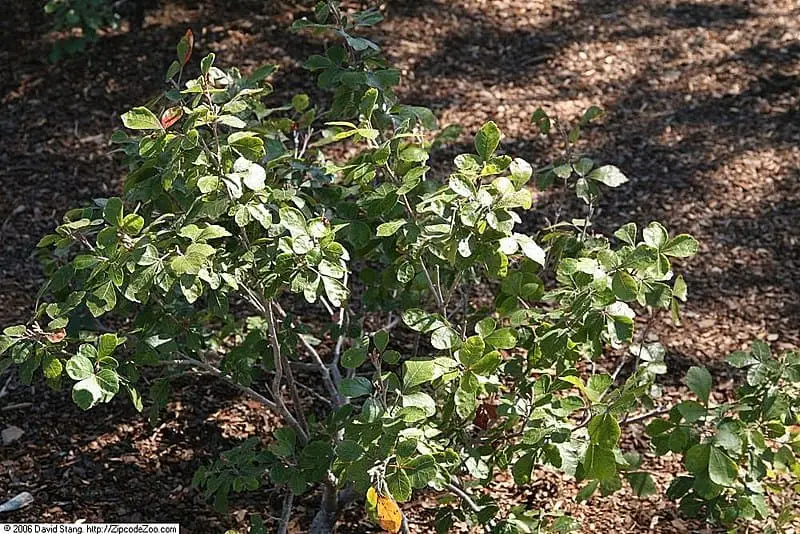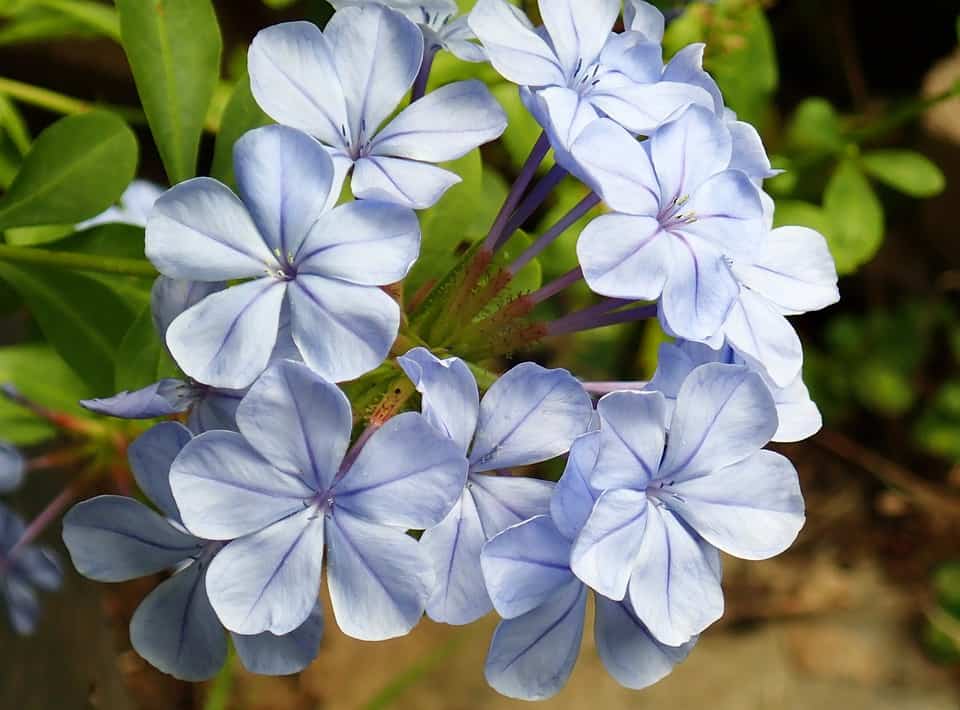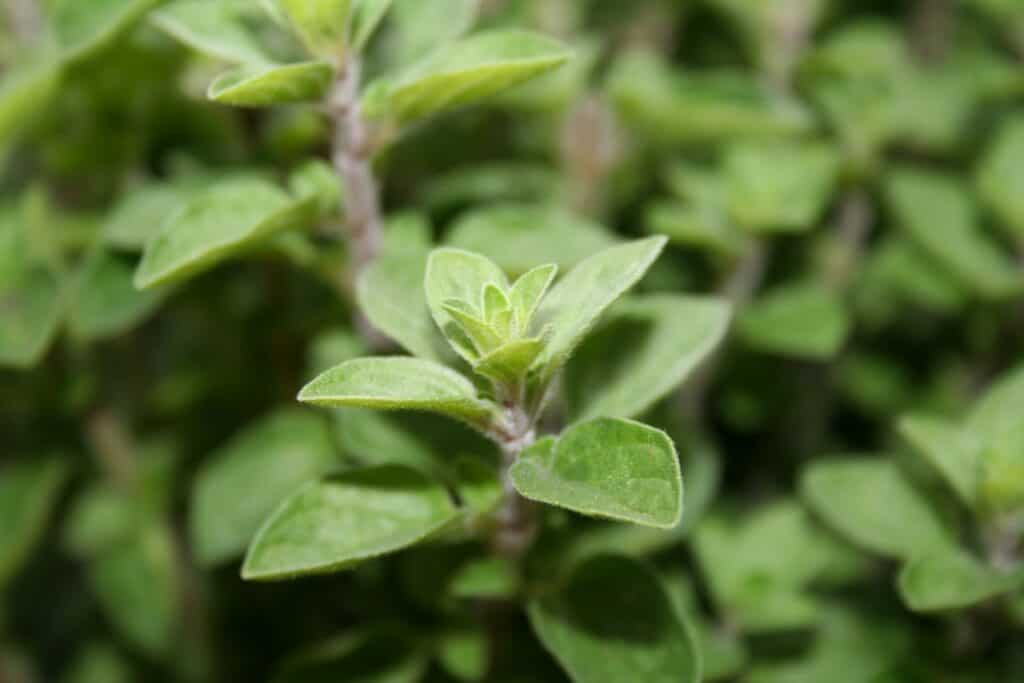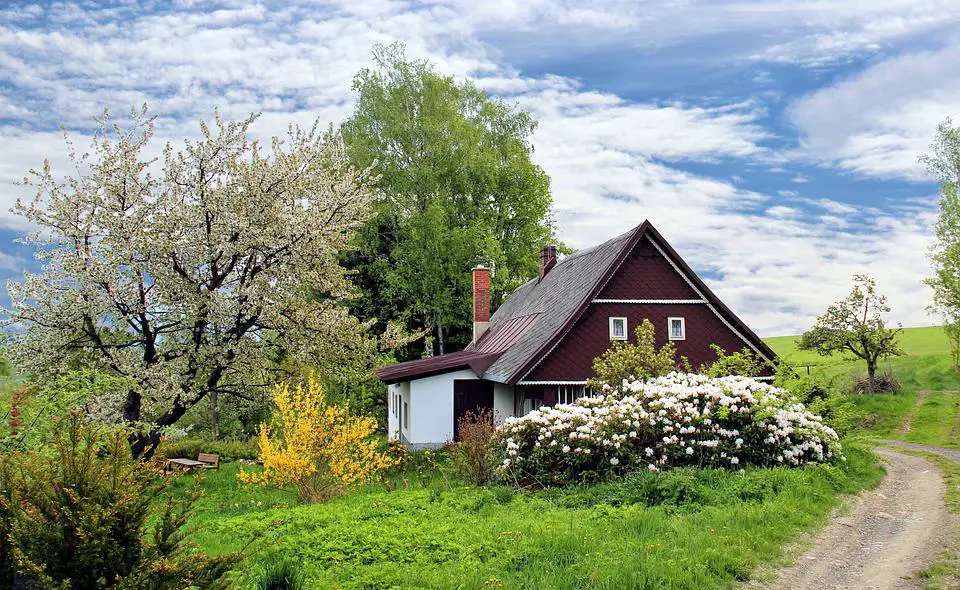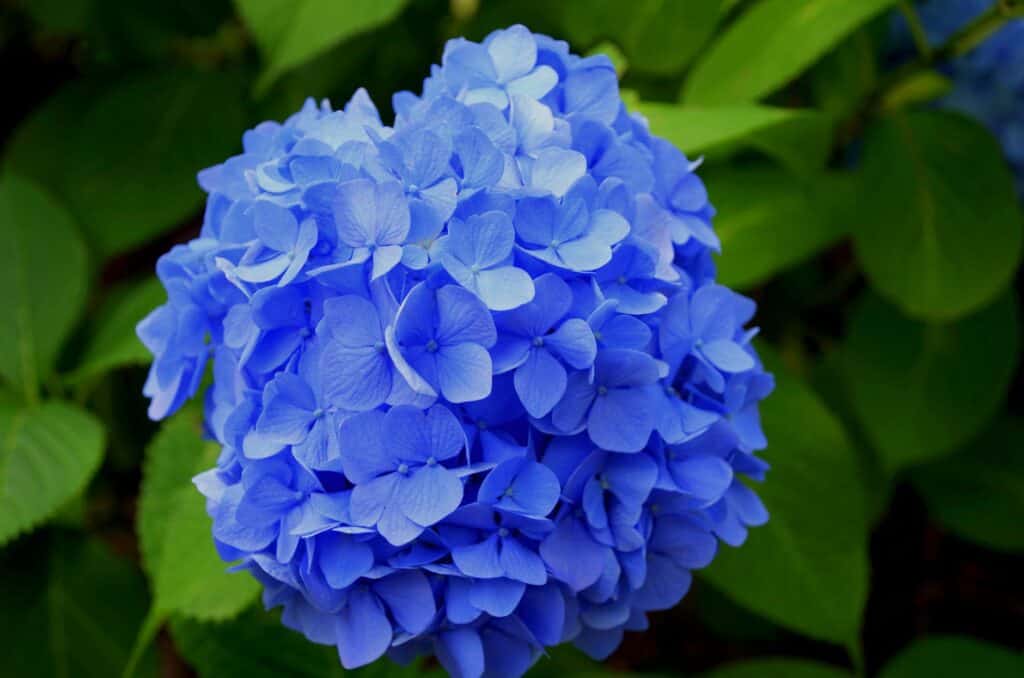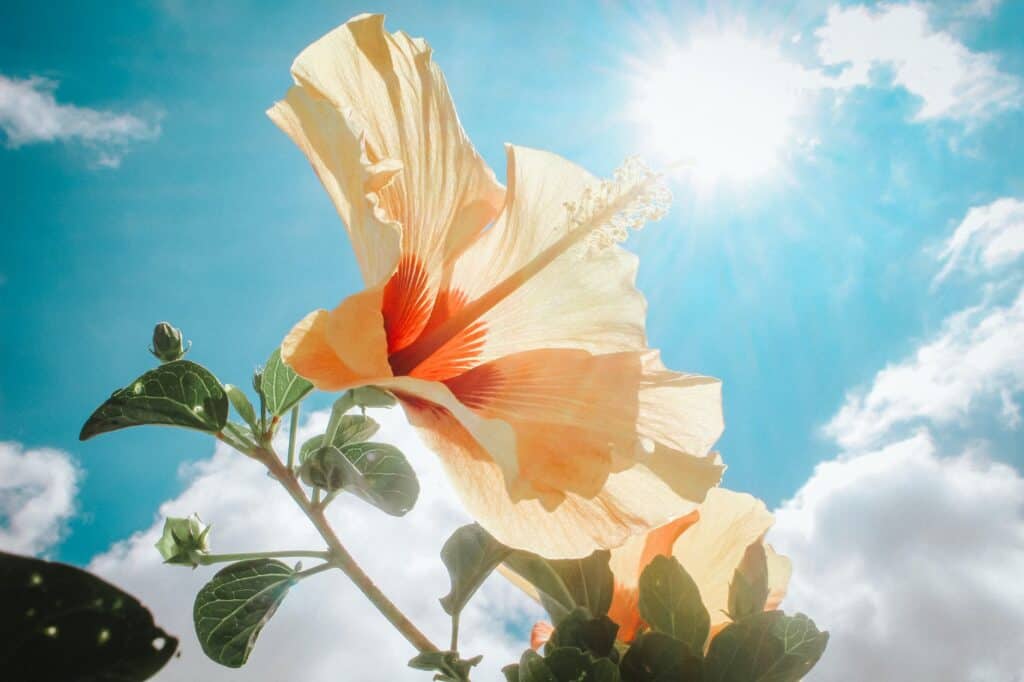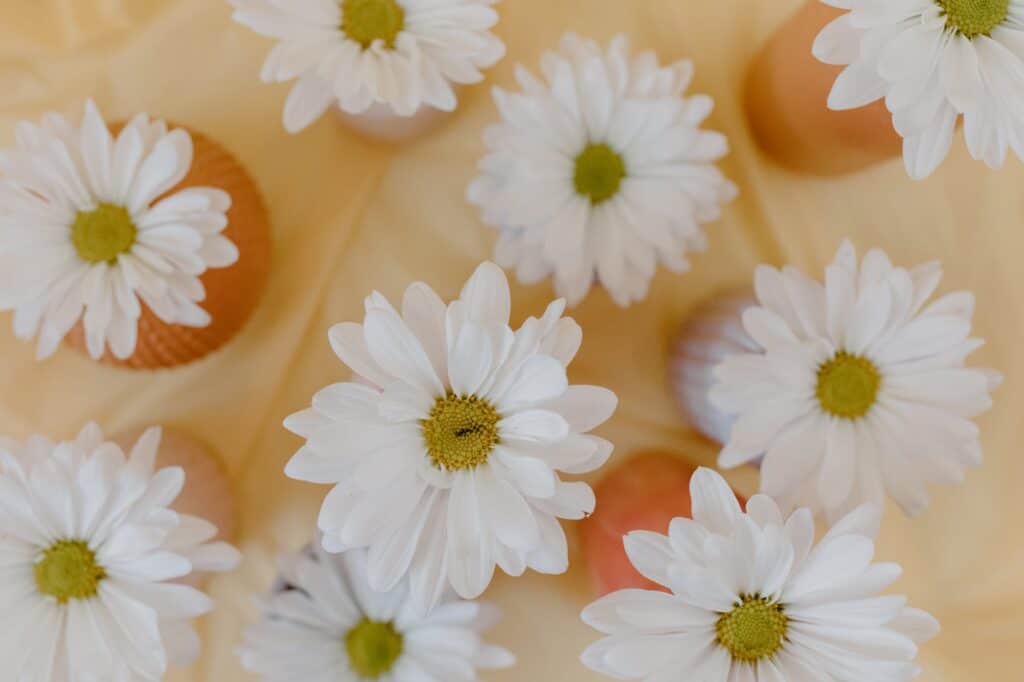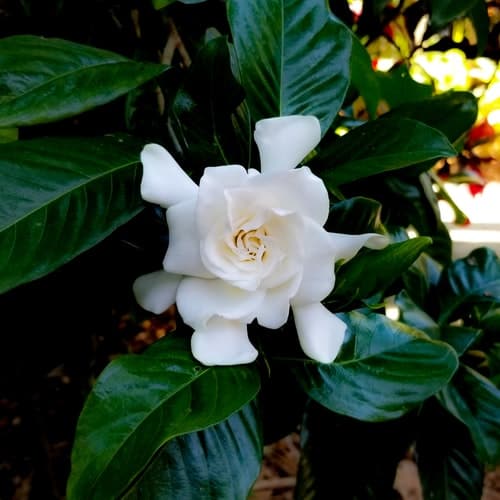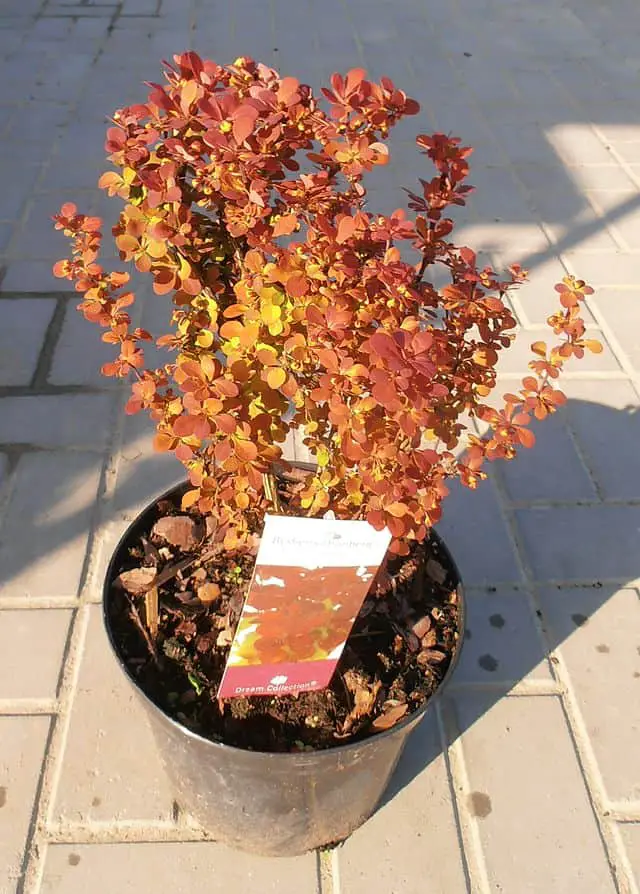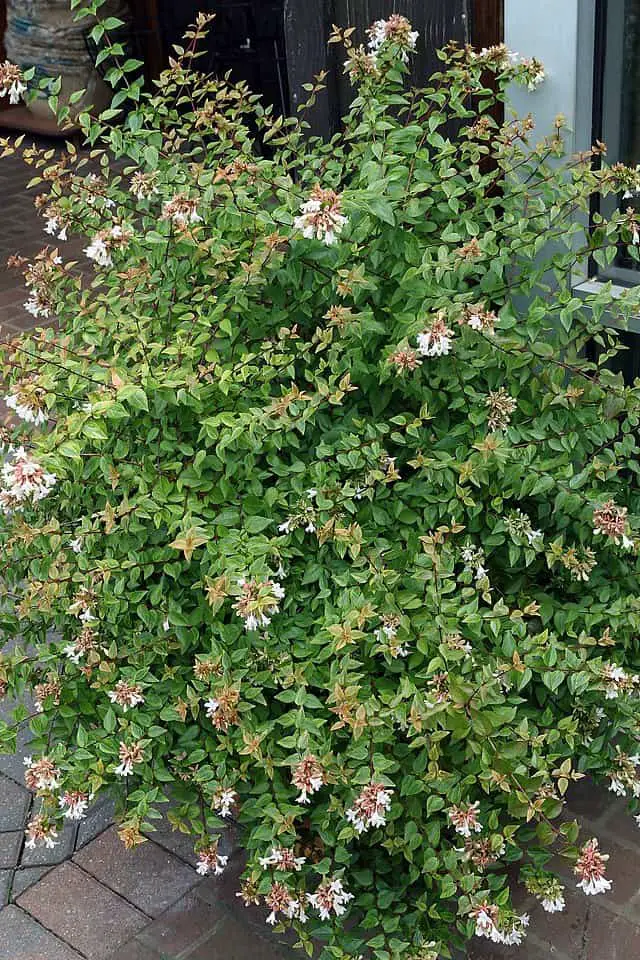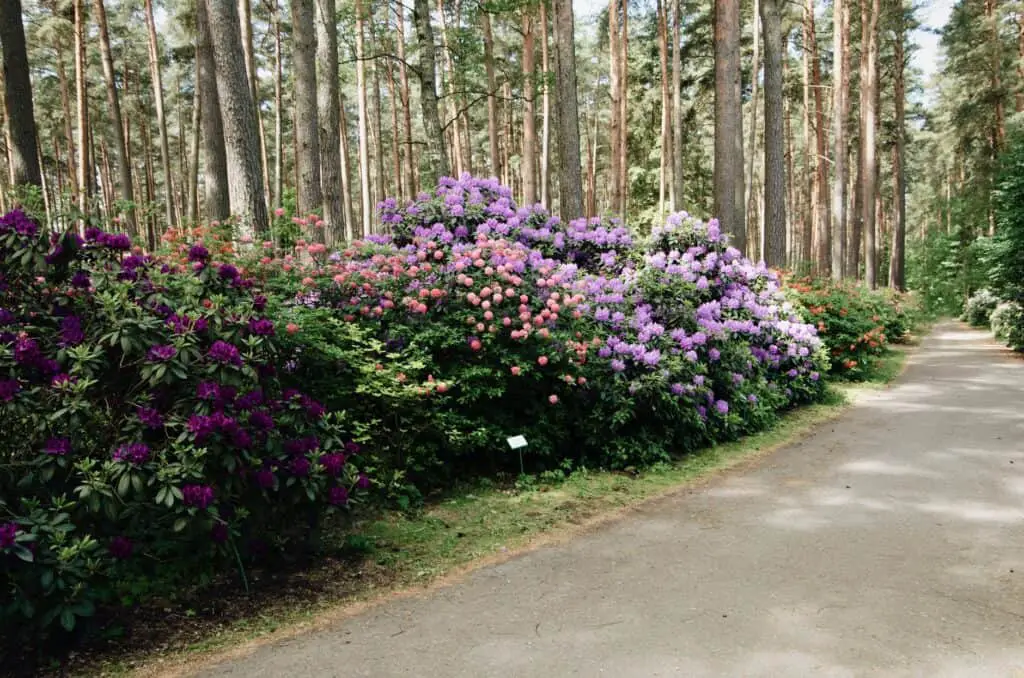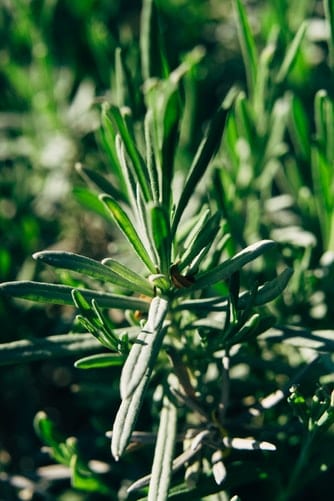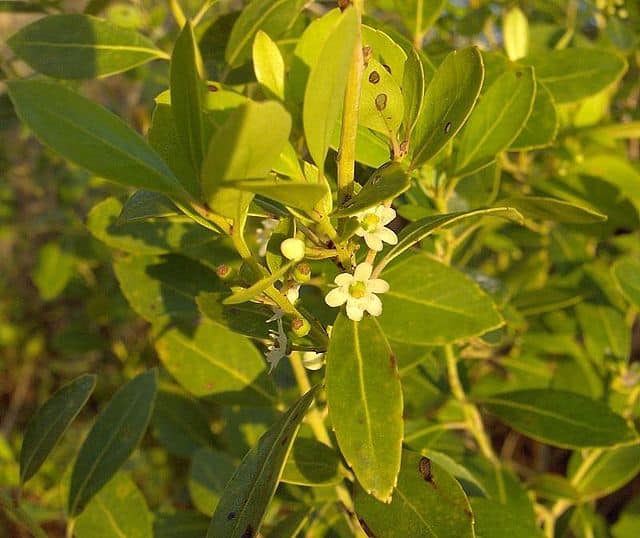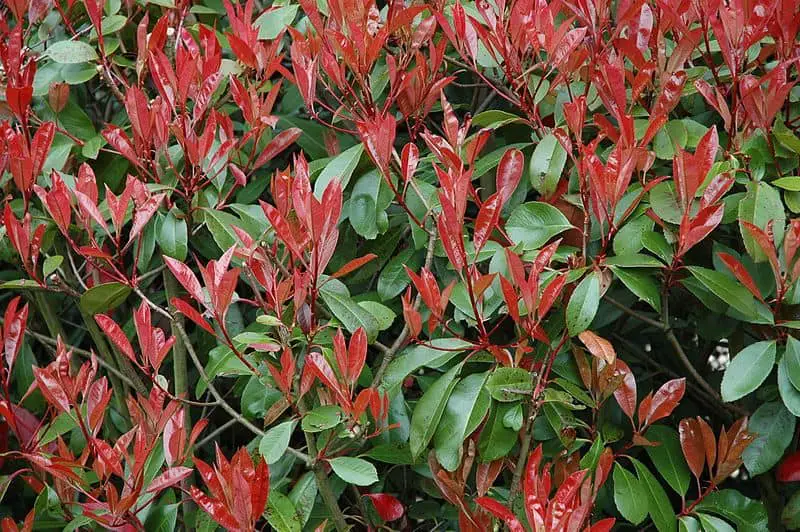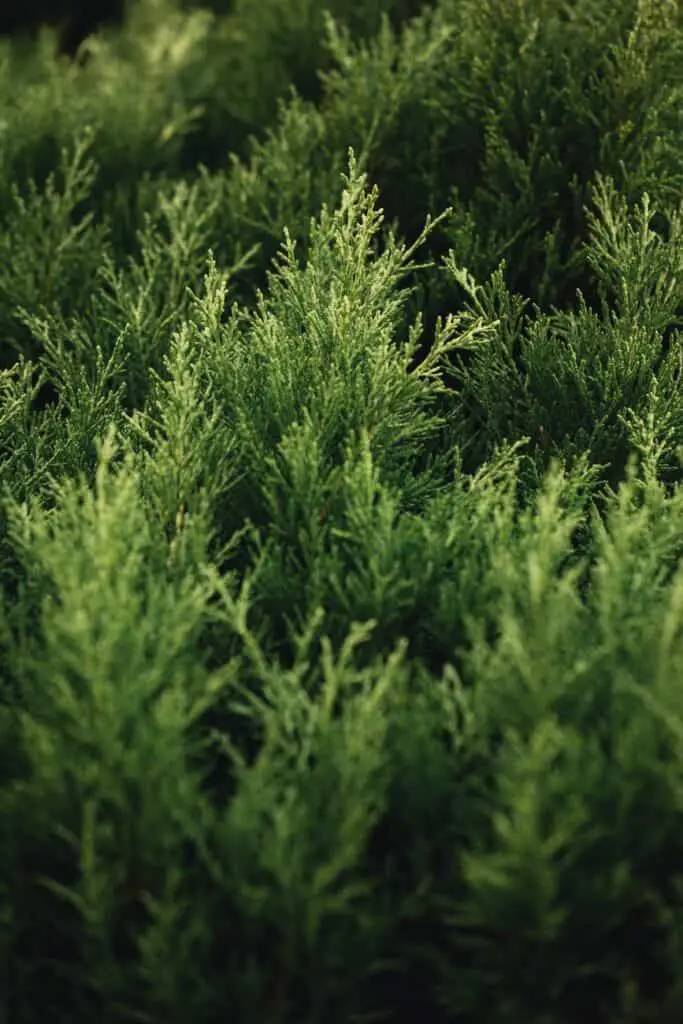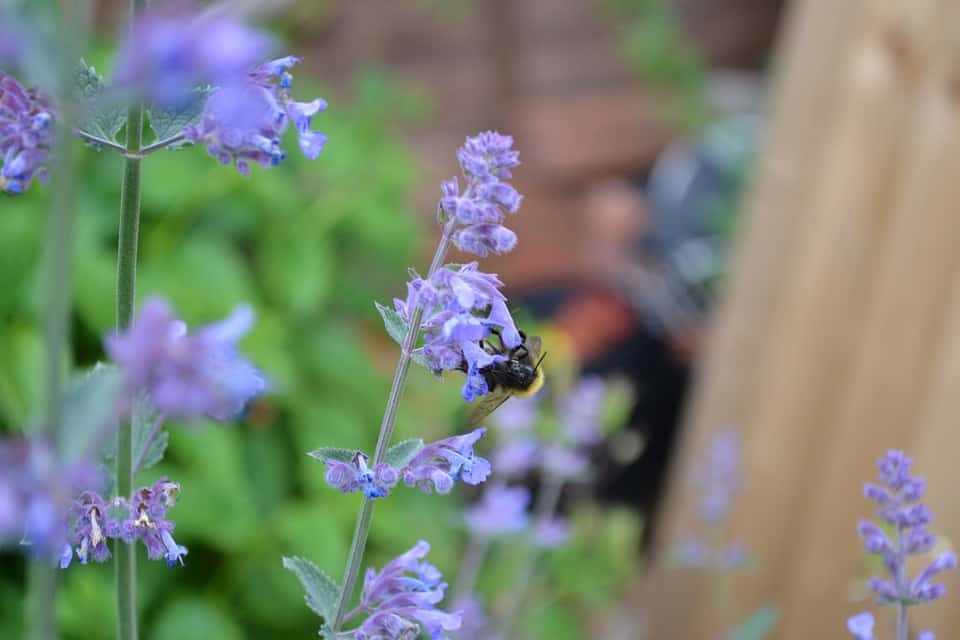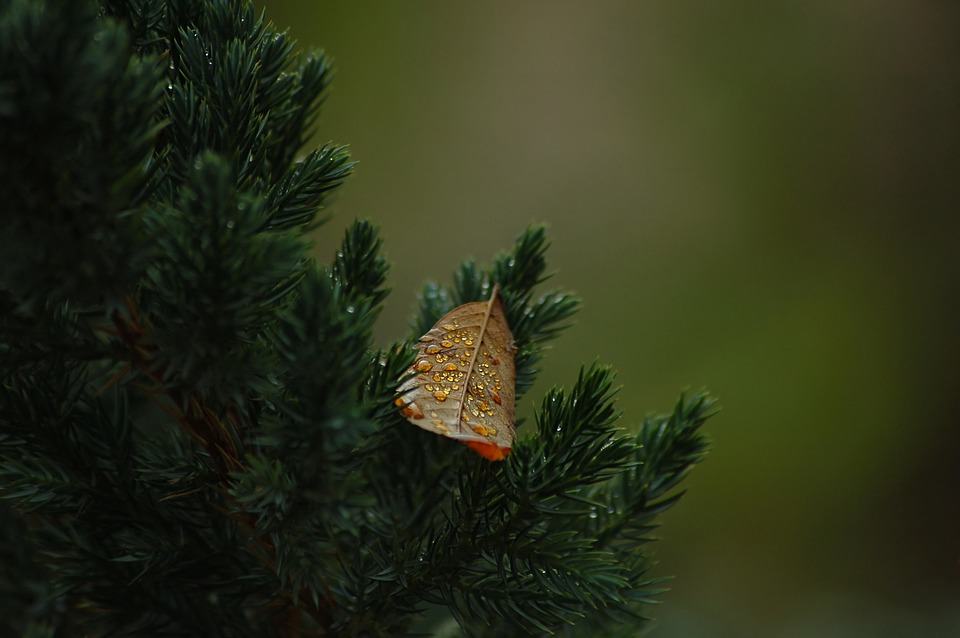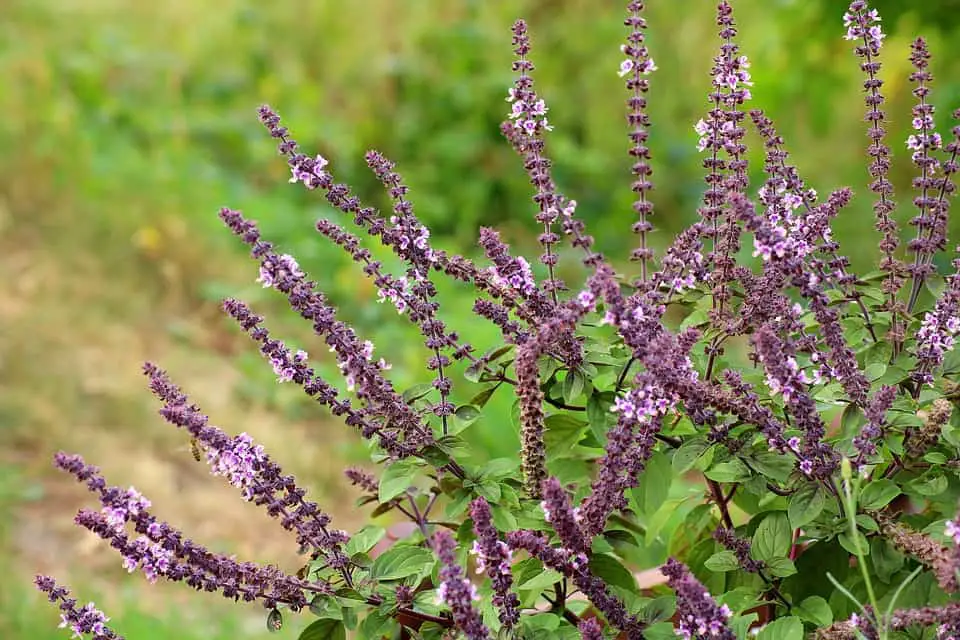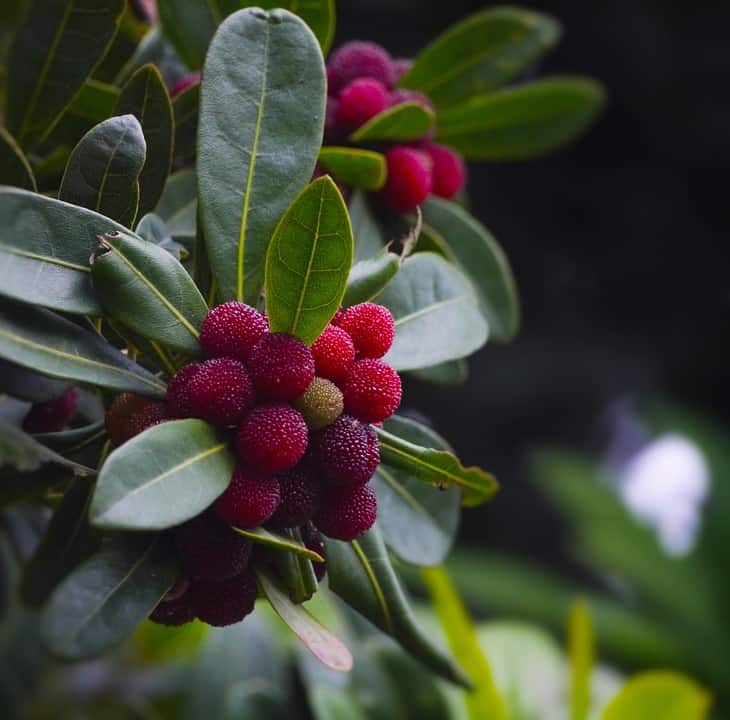Soil erosion can act slowly but steadily, washing away topsoil over time or abruptly during extreme rain events. In whichever case, significant natural resources can be transported across great distances.
Maintaining a permanent surface cover on the soil surface and a dense web of healthy roots in the soil, such as in a meadow or pasture, is the most efficient approach to control erosion. Thus, soil conservation options, such as erosion control plants, should be considered in regions particularly vulnerable to water or wind erosion.
Shrubs or ground covers that are strong, beautiful, and have a root structure capable of stabilizing soil on a hill are the ideal plants for erosion control. To decrease the speed of heavy rain, they must have widespread foliage. They should also be deer-resistant plants if you live in deer territory.
First, Why Does Soil Erosion Occur?
Soil erosion can occur whenever we get heavy rainfall or strong winds. These forces move soil particles as they travel across the earth’s surface. In the grand scheme of things, if humans weren’t present on this earth, erosion would simply be moving particles from one place on earth to another, and the plants and animals would adjust to these changes and live on. Since we humans are here, we exacerbate these problems with our use of the land, destruction of vegetation, installation of impervious surfaces, and use of motorized vehicles, to name a few. As humans, we don’t like to see change, and we like to think that we can control nature, so we look for ways to prevent erosion.
Wind erosion is more of a problem in areas that are dry and have soft, sandy soils. Think of deserts where the wind moves large mountains of sand over time. Think also of man-made occurrences like the dust bowl when humans had cleared millions of acres of semi-arid land for crops, and then a drought came, and large swirling clouds of soil were swept across the Southern Plains of the United States by the winds that followed the drought. Wind can have great force when it is left to flow unimpeded.
Water erosion occurs when water flows over the ground and moves soil particles as it travels. The combination of steep slopes and exposed soil make for some of the worst erosion. Water erodes by the force of each droplet of water and its ability to move particles of matter. The faster the water moves, or the further the water falls, the more force it has and the more matter it can move. One fine example of the power of water erosion would be the Grand Canyon in the United States, where the Colorado River has carved out over 200 miles of the earth, creating canyons up to 18 miles wide and a mile deep in some spots. When large amounts of water get moving, they can move great mass.
You may have seen erosion occurring along stream and riverbanks where the ground is different from season to season in your own life and landscape interactions. You can often see erosion on bare slopes of construction sites after a rain event. You can see erosion in your flower beds or around your trees; whenever you get heavy rain or wind and soil particles get moved, that is erosion. Anyone who has ever seeded a brand new lawn may know firsthand how heavy rainfall can move bare dirt areas.
Why is Erosion Control Important?
As I mentioned before, erosion is a part of nature and has been happening long before humans were around to try to stop it. Erosion on its own is simply distributing the particles of the earth, and if it weren’t for humans, it wouldn’t be a problem. Let’s take the example of the Grand Canyon. This huge erosion event occurred millions of years ago, and the earth simply adapted to it. If we humans were here when it started, we would have surely researched and found ways to prevent it because we like to think that we can control nature, and we like for things to stay the same and not change. Had we been around to see this erosion starting, we would have surely been upset. Surely someone would have owned the property that was being eroded, and surely someone would have owned the property downstream of the area. Everyone who was anywhere near this incredible erosion event would have been up in arms about the potential destruction of their property and way of life.
It is hard to wrap your head around what we humans think is important or why, but in today’s world of property ownership and densely populated areas, soil fertility and where that soil is or is not located is of great importance to us.
If the unprotected soils move from one spot to the other, they may be taking pollutants and nutrients with them and depositing these on someone else’s property or into someone else’s waterway, which could have significant impacts on their way of life. This is the reason that we care about erosion. It is often sold to us as a way to conserve nature and its resources, but in truth, it is about preserving our resources and not adding to or taking away from our neighbors’ resources.
How Do We Control Erosion?
Wind and water erosion can be somewhat controlled by reducing the speed of both of these forces as well as increasing the resistance of the soil to these forces. For the scope of this article, we will mostly be discussing things that property owners can do to solve some of the erosion problems that we may come across.
Physical Barriers
If you have an area in your yard with consistent erosion problems, you can construct or install physical barriers to prevent this. If wind erosion is your problem, installing fencing or shrubs can be an effective wind barrier.
There are undoubtedly mechanical ways to slow or prevent erosion, but nothing as simple or effective as plants. We have developed ways to use solid materials such as concrete and rock to slow down wind and water movement. Think about sea walls and drainage swales. We can use our technology to use solid matter to help restrict and guide water flow, which will affect erosion. One way to really control water erosion is to slow down the movement of the water so that it can sink into the earth rather than run across it. We do this through the use of retention and detention ponds.
If you have water erosion in a particular flow area, you can install landscape fabric covered by rocks to prevent the erosion from occurring. This is a very effective way to protect the soil. The other thing that you can do would be to re-grade the area to slow down and spread out the water flow. A slower, more widespread flow will tend to move less soil. Often, temporary erosion control products such as straw bales or sediment control fabrics can be installed as a temporary barrier while we work to establish plant material to solve the problem long term. Sometimes, installing berms can help hold some of the water, allowing it to soak in rather than run off.
Other than introducing some sort of material or strategy to slow down the wind or water, the only great way to control erosion is by using plants. Once again, plants come to our rescue.
Vegetative Barriers
To reduce both types of erosion, plants are truly the answer. Isn’t it funny how so many of our problems, from global warming to world hunger, to water pollution, to soil particles moving when we don’t want them to, can be solved by plants? Nature would take care of itself if we were to only get out of the way.
Plants can block some of the force of wind and water by slowing down the movement of both. The foliage of the plants can slow wind and can slow water. The foliage of the plants can also reduce the impact of these forces by blocking them from coming into contact with the soil. If a raindrop falls and lands on a leaf, it is not moving any dirt. This answer may seem simplistic, but it is the basis of all erosion control.
The roots of plants also help to control erosion. Plant roots growing in soils tend to bind the soil together and restrict movement. Anyone who has attempted to dig out a shrub or a tree can attest to the fact that plant roots make moving the soi more difficult. Having lush, thick plants growing in the soil will slow down and may prevent most soil erosion.
Here is a list of Common Erosion Control Plants to Stabilize Your Landscape Slopes
Creeping Junipers (Juniperus horizontalis)
Creeping junipers are a very low-growing shrub that thrives in direct sunlight. They remain short and close to the ground, and they are pretty tough, drought-tolerant, and cold-hardy. They grow well in zones 3 to 9. Because Juniperus plants are evergreen, they provide year-round color to your landscape. These are often planted in dense groupings on hillsides as an easy way to help prevent erosion. Juniper are prickly, so they are not favorites of deer, but rabbits and mice will chew the bark.
Rockspray Cotoneaster (Cotoneaster horizontalis)
The Creeping Cotoneaster is another excellent low-growing shrub that will help to control soil erosion. Like the juniper, this plant is relatively hardy, grows low to the ground, and has a good root system for holding soil. Unlike juniper, it is a deciduous plant, so it loses its leaves in the winter. Cotoneaster is a slow-growing plant that will do well in zones 5 to 7. The branches of this plant will root into the ground where they touch, which tends to produce a very fibrous and dense mat of spreading roots and branches over time.
English Ivy (Hedera helix)
Ground cover plants, such as English Ivy, help to keep the surface from eroding similarly to the above-listed shrubs, but instead of one larger plant with thick roots, groundcovers are comprised of many smaller plants growing en masse. Groundcovers are typically faster to grow and develop than shrubs, so they effectively hold soil more quickly than shrubs. English Ivy is a vine, so it will spread and grow up vertical surfaces as well. Be aware that it may climb your structures and trees. Ivy grows well in the shade or full sun, so it is a versatile plant for erosion. The plants don’t do very well in drought conditions, and the leaves can be toxic if ingested.
Dwarf Coyote Bush (Baccharis pilularis)
Coyote brush (or bush) is a straightforward plant to cultivate in the landscape. It might take up to a week of summer water, but it also naturalizes quickly. It’s claimed to be fire-resistant. Baccharis’ Pigeon Point’, one cultivar of Baccharis pilularis, is a dense, deep-green groundcover that develops to be a foot tall and twelve feet wide. This is the favored type of Dwarf Coyote Brush for slope stability and beautification in virtually all places. These plants will only survive in zones 8-10, so they are unsuitable for colder regions.
Buckwheat (Eriogonum spp.)
These hardy perennials are drought tolerant and bloom for a long time from summer to fall, making them a valuable addition to your landscape. Aside from being effective for erosion control due to its dense, fibrous root system, buckwheat is an excellent choice for suppressing weeds because of its quick germination. Best of all, they’re easy to grow. Though many will accept some shade, they like well-drained, gravelly soil and full sun in hot environments. Buckwheat flowers are small but striking since they grow in clusters on long stalks and come in various colors, including white, pink, yellow, and red. Buckwheat has many varieties and can be perennial or annual.
Apache Plume (Fallugia paradoxa)
Apache plume is a showy plant that you can use for erosion control. It has a distinct look, as you’ll notice in its rose-like, white flowers with fluffy, thready, pink seed heads. This plant naturally grows in dry settings such as desert woods and scrub in the southwestern United States and northern Mexico. Apache plume is a simple to grow plant that blooms the year it is planted. Because of its drought tolerance and rapid seeding, it is effective for erosion control. However, it might become too aggressive if its ideal conditions are met. To renew, cut the oldest woody stems.
Periwinkle (Vinca minor)
Common Periwinkle is grown in many areas across the United States as a very effective groundcover. Periwinkle or creeping myrtle (Vinca minor) is a shade-tolerant, drought-resistant, short, evergreen ground cover. It grows three to six inches tall and can form dense protective mats in zones 4-8. Vinca minor spreads quickly throughout the forest floor through rhizomes, displacing native herbaceous and woody species of plants in the process.
Creeping Boobialla (Myoporum parvifolium)
Creeping boobialla (as it’s called in Australia) or Dwarf Native Myrtle is an Australian-native plant, where you will find it growing on clay soils and sandstone. It is an excellent, rapidly growing evergreen ground cover commonly developed for that function. It’s a fantastic groundcover for blending with other taller shrubs on slopes or as a sturdy groundcover that may suffocate weeds, and it’s especially beneficial on slopes. It grows up to 18 inches in height, and it can spread 8 to 15 feet. On stolon-like, prostrate branches, it forms adventitious roots. It favors a sunny, well-drained location but is adaptable to most conditions.
Interrupted Fern (Osmunda claytoniana)
Try a wild plant on your shaded slopes for a refreshing change. Osmunda claytoniana, a Missouri native fern, has good soil retention and prevents erosion thanks to its rhizomes. It tolerates wet soils and is an excellent choice for moist hillsides. Interrupted Fern grows in a spreading vase form two to three feet tall, in zones 3 to 8. You can find it naturally growing in counties north of the Missouri River, on damp sandstone ledges, wet, forested ravine slopes, and wet woods. The common name comes from its broad fronds being “interrupted” in the middle by spore-bearing leaflets (pinnae).
Autumn Sage (Salvia greggii)
Salvia greggii is a soft, dense shrub with bright clusters of mainly two-lipped red flowers, although the blooms can also be pink, purple, orange, white, or yellow. This plant is a hummingbird and butterfly magnet. Autumn sage can grow up to 2-4 feet, and its width can reach 3-4 ft. It’s a relatively small plant that will set up tough root systems and grow quickly. Autumn sage requires a well-drained setting and cannot tolerate clay soils that shrink and swell. Work in organic matter and amendments to promote drainage in clay soils and plant on a slope if possible.
Common Yarrow (Achillea millefolium)
Common yarrow is a remarkable plant, whether you’re growing it for its erosion control capabilities, medicinal use, garden advantages, lovely blooms, or a mix of all of these. Milfoil, as it’s sometimes called, grows in USDA zones 4b to 8b. It blooms in late summer and fall with fragrant white or pink flowers and grows under 3 feet tall. It may grow in partial shade or full sun and thrives in dry and wet environments. It is particularly beneficial for preventing erosion, and the roots of this plant are deep, drawing nutrients from well underground.
Forsythia
Like Cotoneaster horizontalis, another shrub option is Forsythia, a deciduous shrub that produces bright yellow flowers in springtime. Forsythia is a plant that grows four to six feet tall, and it’s suitable for zones 5 to 8. The weeping variety (Forsythia suspensa) is very useful for retaining soil on a slope because the tips of its branches that touch the soil take root, effectively functioning as ground cover.
Ostrich Fern (Matteuccia struthiopteris)
Matteuccia struthiopteris, often known as ostrich fern, is a clumping, rhizomatous, deciduous fern that grows two to three feet tall in cultivation but up to six feet tall in damp, cold regions. The prominent features of this fern are the finely divided, green vegetative leaves, which have a feathery look that resembles long ostrich plumes, as its name indicates. In damp, shaded forest regions, natural gardens, or wet zones near streams or ponds, you’ll find many ostrich ferns. When it lives in an area with the best conditions for growing, it spreads via subsurface rhizomes to produce dense colonies. Ostrich fern is easily cultivated in partial shade to absolute shade on average, medium to wet soils. Rich soils with a regular supply of moisture are ideal for this plant.
Creeping Phlox (Phlox subulata)
Aside from erosion control, Phlox subulata, when in bloom, will beautify your landscape with its field of vibrant blooms and its cushions of hairy, needle-shaped leaves. It is one of the most stunning plant species for erosion control when in bloom. This short plant (six inches) will certainly brighten up your day. It requires full sun and well-drained soil and is quite hardy, surviving temperatures as low as -4 °F. It is appropriate for USDA hardiness zones 3 to 9.
Beach Strawberry (Fragaria chiloensis)
This evergreen ground cover, usually known as Beach strawberry, or Chilean strawberry, is native to California, and It thrives in locations with part-sun to shade and well-drained soil. You will see beautiful, five-petaled white flowers on this plant in the spring and summer, while in the fall, you’ll love picking its edible strawberries! It is fairly easy to grow and nicely expands to form a thick ground cover that’s excellent at stabilizing slopes and dunes—perfect for erosion control. It has a spread of 12 to 18 feet and remains under 1 foot tall.
Japanese Spurge (Pachysandra terminalis)
Pachysandra terminalis, or Japanese spurge, is a short, broadleaf, evergreen ground cover that helps stop erosion. Japanese spurge creates a glossy, broadleaf, evergreen mat that minimizes soil erosion in deeply to partially shaded regions. It grows to be under 10 inches tall, grows well underneath trees but does not climb, and blooms in early summer with a light show of creamy white flowers. USDA zones 3 through 9 are acceptable for this plant.
Shrubby St. John’s Wort (Hypericum prolificum)
Shrubby St. John’s Wort is native to eastern North America, where it usually grows in sandy or rocky open forest areas, meadows, bogs, seepages, and riverside prairies. It is tolerant to a broad range of soil conditions but performs exceptionally well on wet slopes or where flooding happens regularly. It develops into a low 3-foot mound with dense, glossy, blue-green leaves and stunning yellow flowers when planted in part sun to shade.
Black Mondo Grass (Ophiopogon planiscapus Nigrescens)
Ophiopogon planiscapus Nigrescens is a plant tolerant of sun or partial shade. It grows up to six inches tall, and you’ll instantly recognize it for its black, grass-like blades. This zone 6-to-9 plant is a uniquely colored plant that will surely stand out in your landscape while helping with erosion control. Plant this in partial sun to partial shade on rich, moist, slightly acidic, well-drained soils. It prefers a constantly wet environment. Use as edging, border, groundcover, or along the edges of streams and ponds.
Creeping Plum Yew (Cephalotaxus harringtonia ‘Prostrata’)
One of a few shade-tolerant conifers is the Japanese Plum Yew or Creeping Plum Yew. This low-growing, spreading evergreen shrub grows to be one to two feet in height and three to four feet in width in just a season or two. It has thick growth that creates a dense bulk of glossy, dark green, fern-like leaves that wonderfully fill landscape beds. This plant grows in USDA zones 6 through 9. For effective erosion control, plant four feet apart. They can grow in a variety of soils and require very little upkeep. Plant in full or part shade; however, well-established plants may thrive in full sun.
Spotted Dead Nettle (Lamium maculatum)
The combination of attractive leaves and attractive blooms distinguishes Lamium maculatum from most plants that only have one or the other. Spotted deadnettle has beautiful, trailing, heart-shaped, white-variegated, or silvery leaves. Lamium maculatum is hardy in zones 4 to 8 and tolerates full shade, which means it can cover spacious areas pretty quickly and densely. This plant’s ideal growing conditions are in moderate moisture, well-drained, humus-rich soils in part shade to full shade. It is deer and rabbit resistant, making it perfect if these visitors frequent your area.
Indian Mint or Yerba Buena (Satureja douglasii)
Satureja douglasii is a member of the Lamiaceae (mint) family of plants. Indeed, you’ll notice a spicy, citrusy scent, especially when you crush this plant. It grows well in the shade and moisture of its natural environment, the coast of California’s forest understory. Thus, it will certainly thrive in shaded regions. Yerba buena is a lovely, non-invasive ground cover, for it does not grow more than six inches tall with a three ft. spread. This delicate, fragrant plant is deer-resistant and blooms white in the spring. It can tolerate sand and clay.
Muhly Grass (Muhlenbergia capillaris)
Muhly Grasses are among the most stunning grasses in the United States. They provide a fantastic combo of drought resistance and excellent, attention-grabbing aesthetics for modern settings. They thrive in harsh environments and adapt well to zones 6-10. Muhly grass is a common native North American perennial plant with exciting, cotton candy-like pinkish flower spikes that emerge above the leaves in the fall.
Border Grass (Liriope spicata)
Although Liriope spicata appears to be ornamental grass, it is not. This perennial, growing in zones 4 to 10, is a member of the asparagus family. Liriope spicata is suitable as an erosion control plant, especially on banks, and it makes a dense, even ground cover and spreads quickly by rhizomes. Another plus of this plant is its high salt tolerance and mild resistance to deer.
Crown Vetch (Coronilla varia)
Crownvetch is a very hardy and fast growing member of the pea family that has been widely used to control slope erosion along the highways and byways of The United States since the 1950’s. It grows well in many different soil and light conditions and thrives in zones 3-10. It has few insect predators and can spread quickly forming dense, thick mats of plant material. While it is great to control erosion, it can be it’s own control problem as it tends to be quite invasive and can overtake many native plants.
REFERENCES
- https://crops.extension.iastate.edu/encyclopedia/soil-erosion-agricultural-production-challenge
- https://crops.extension.iastate.edu/encyclopedia/soil-erosion-agricultural-production-challenge
- https://www.nrcs.usda.gov/Internet/FSE_DOCUMENTS/nrcs144p2_063808.pdf
- https://planthardiness.ars.usda.gov/PHZMWeb/
- https://extension.uga.edu/publications/detail.html?number=C956&title=Junipers
- https://plants.ces.ncsu.edu/plants/juniperus-horizontalis/
- https://www.worldbirds.org/plants-that-attract-birds/
- www.missouribotanicalgarden.org/PlantFinder/PlantFinderDetails.aspx?taxonid=286505
- https://www.invasive.org/alien/pubs/midatlantic/hehe.htm
- https://doi.org/10.1111/j.1365-2745.2005.01021.x
- https://calscape.org/Baccharis-pilularis-(Coyote-Bush)
- https://www.ctahr.hawaii.edu/oc/freepubs/pdf/GreenManureCrops/buckwheat.pdf
- https://calscape.org/Fallugia-paradoxa-(Apache-Plume)
- https://www.jstor.org/stable/4033804?seq=1
- https://wiki.bugwood.org/Vinca_minor
- www.public.asu.edu/~camartin/plants/Plant%20html%20files/myoporumparvifolium.html
- anpsa.org.au/m-par.html
- www.missouribotanicalgarden.org/PlantFinder/PlantFinderDetails.aspx?kempercode=t210
- https://inlandvalleygardenplanner.org/lists/plants-for-slopes/
- https://mdc.mo.gov/discover-nature/field-guide/yarrow-common-milfoil
- https://mdc.mo.gov/discover-nature/field-guide/yarrow-common-milfoil
- https://www.newworldencyclopedia.org/entry/Forsythia
- https://www.missouribotanicalgarden.org/PlantFinder/PlantFinderDetails.aspx?kempercode=e180
- news.bbc.co.uk/2/hi/uk_news/england/bristol/somerset/7769240.stm
- https://www.cabi.org/isc/datasheet/24407
- https://hgic.clemson.edu/factsheet/pachysandra/
- https://plants.ces.ncsu.edu/plants/hypericum-prolificum/
- https://plants.ces.ncsu.edu/plants/ophiopogon-planiscapus/
- https://plants.ces.ncsu.edu/plants/cephalotaxus-harringtonia-prostrata/
- https://www.missouribotanicalgarden.org/PlantFinder/PlantFinderDetails.aspx?taxonid=279143&isprofile=0&
- https://hort.extension.wisc.edu/articles/spotted-deadnettle-lamium-maculatum/
- https://www.fs.fed.us/wildflowers/plant-of-the-week/clinopodium_douglasii.shtml
- https://www.cabi.org/isc/datasheet/40876
- https://plants.ces.ncsu.edu/plants/liriope-spicata/
- https://www.history.com/topics/great-depression/dust-bowl
- https://en.wikipedia.org/wiki/Grand_Canyon

